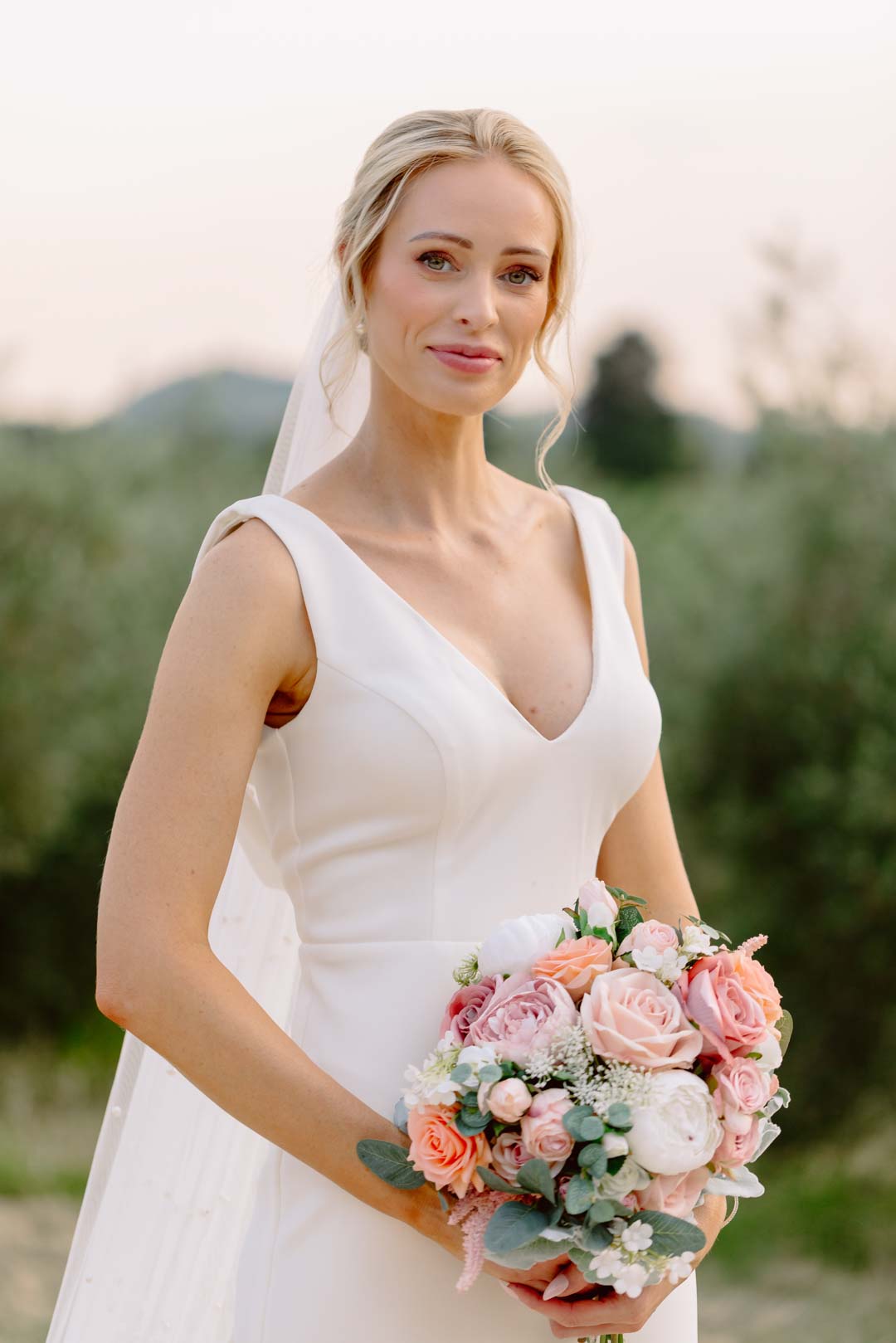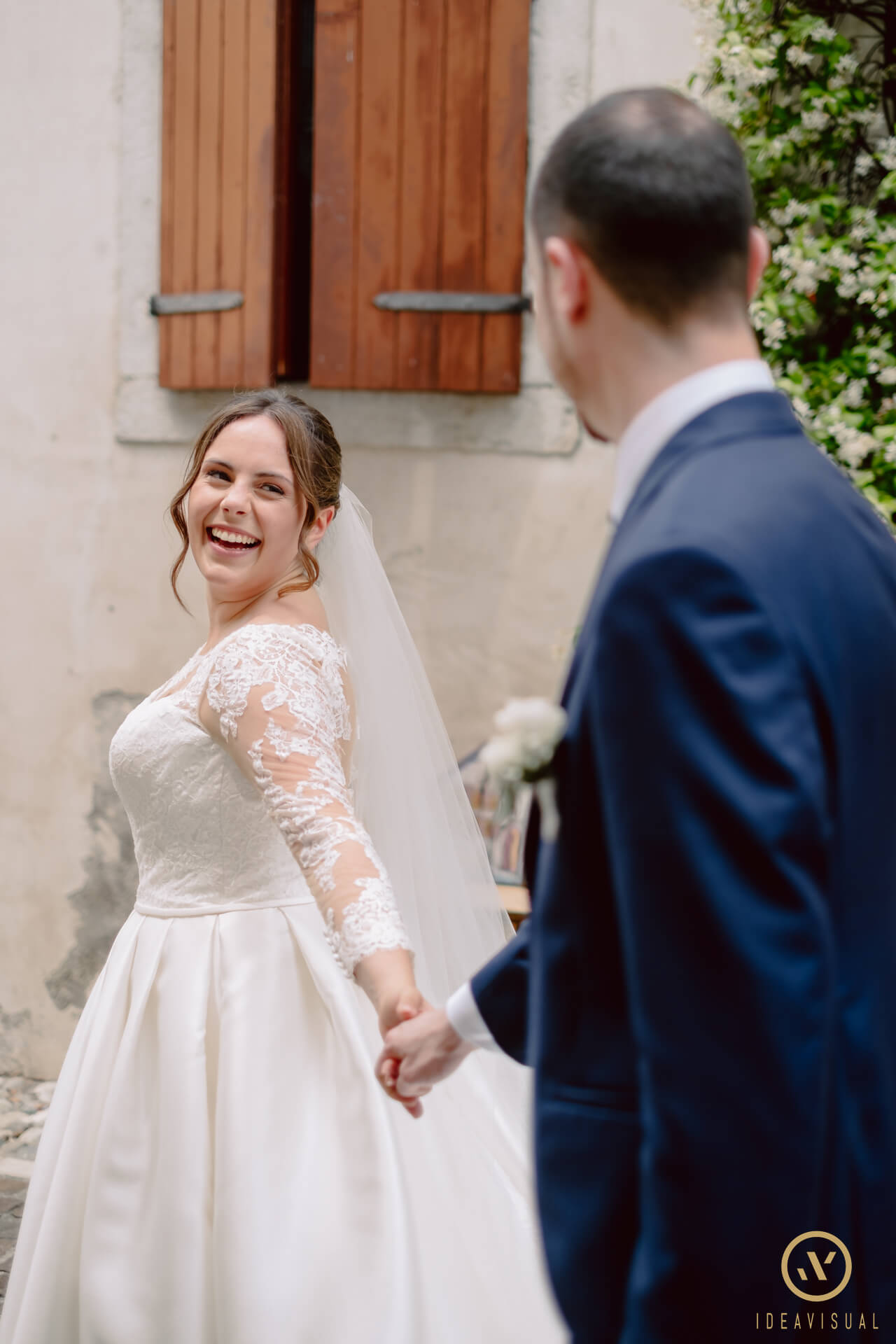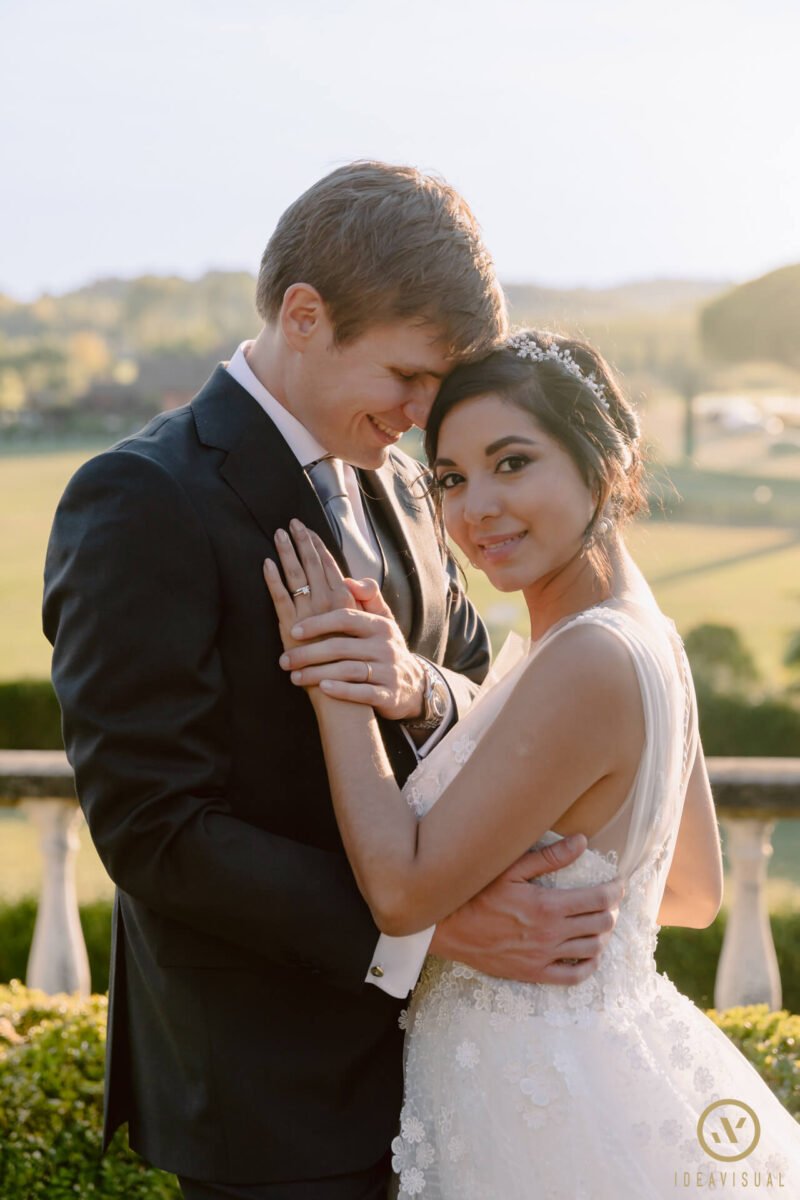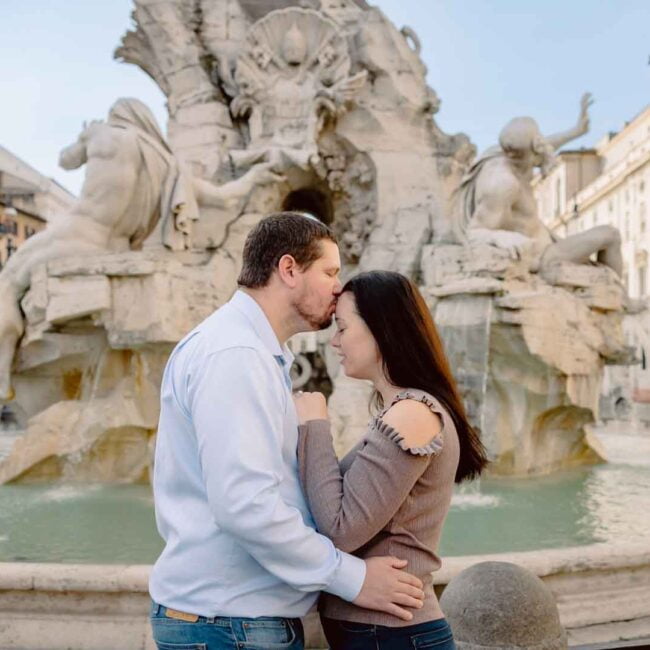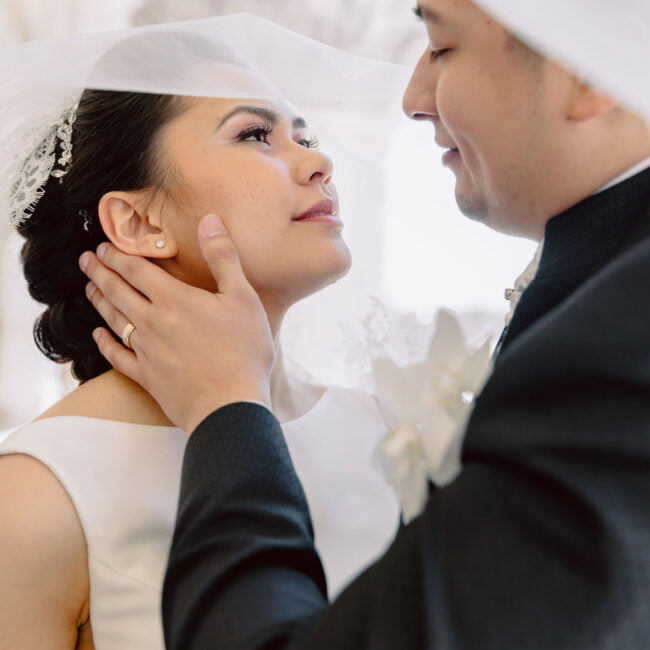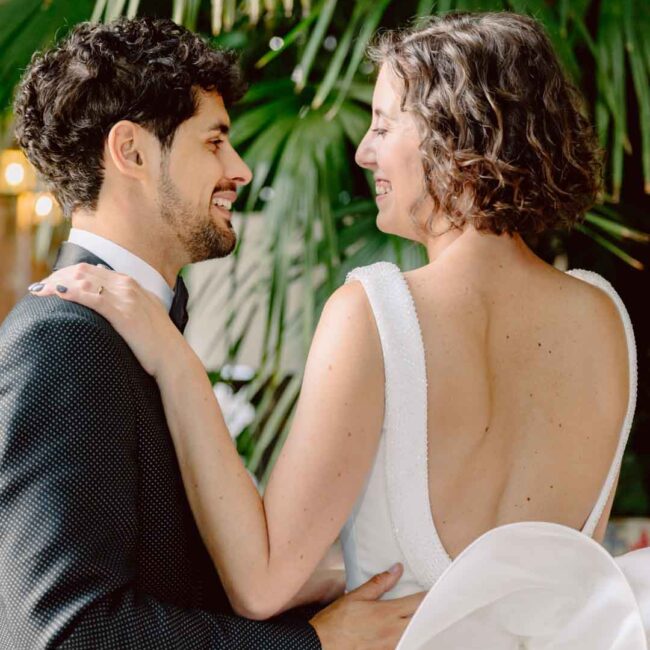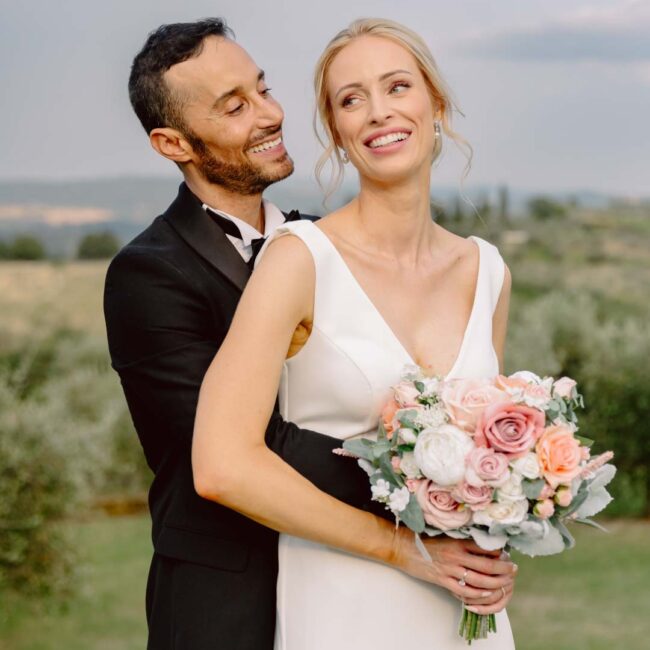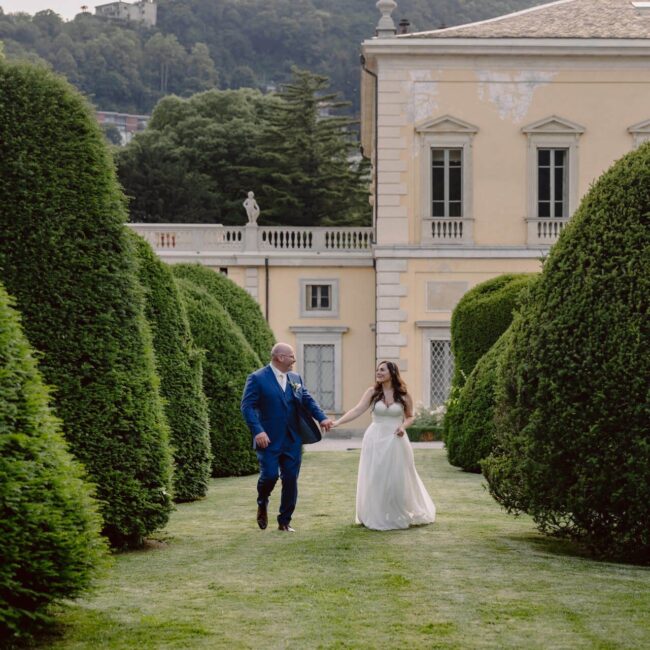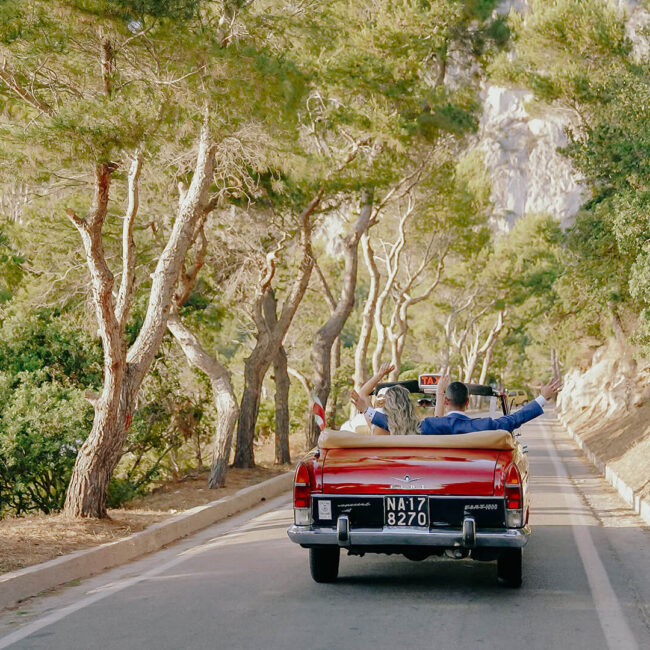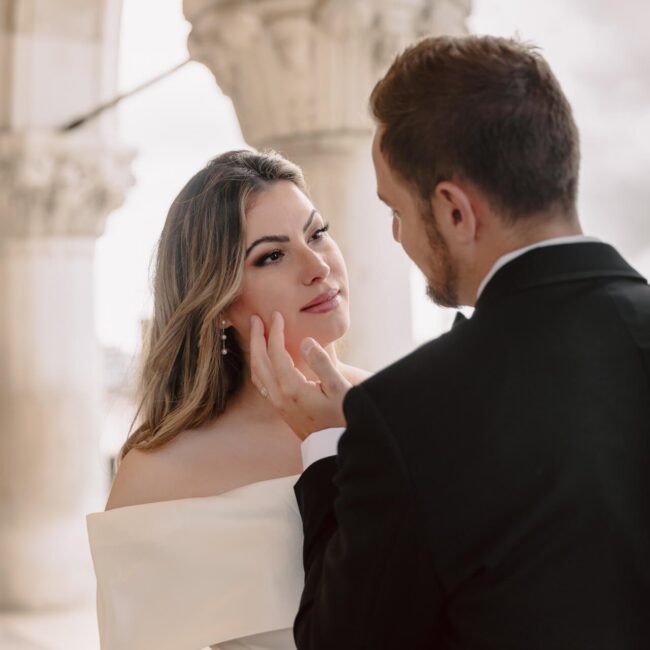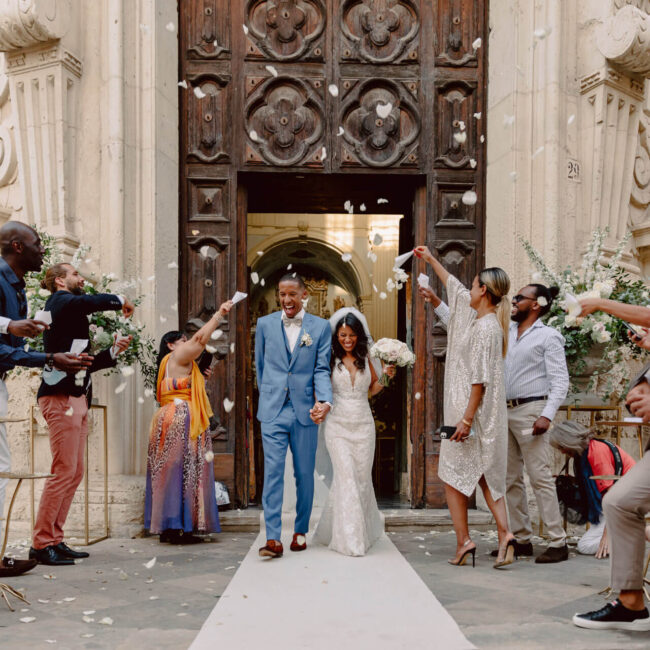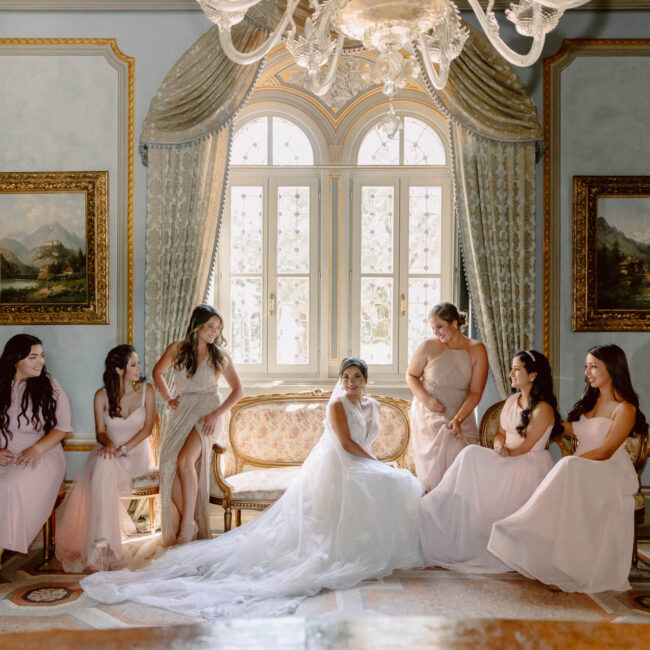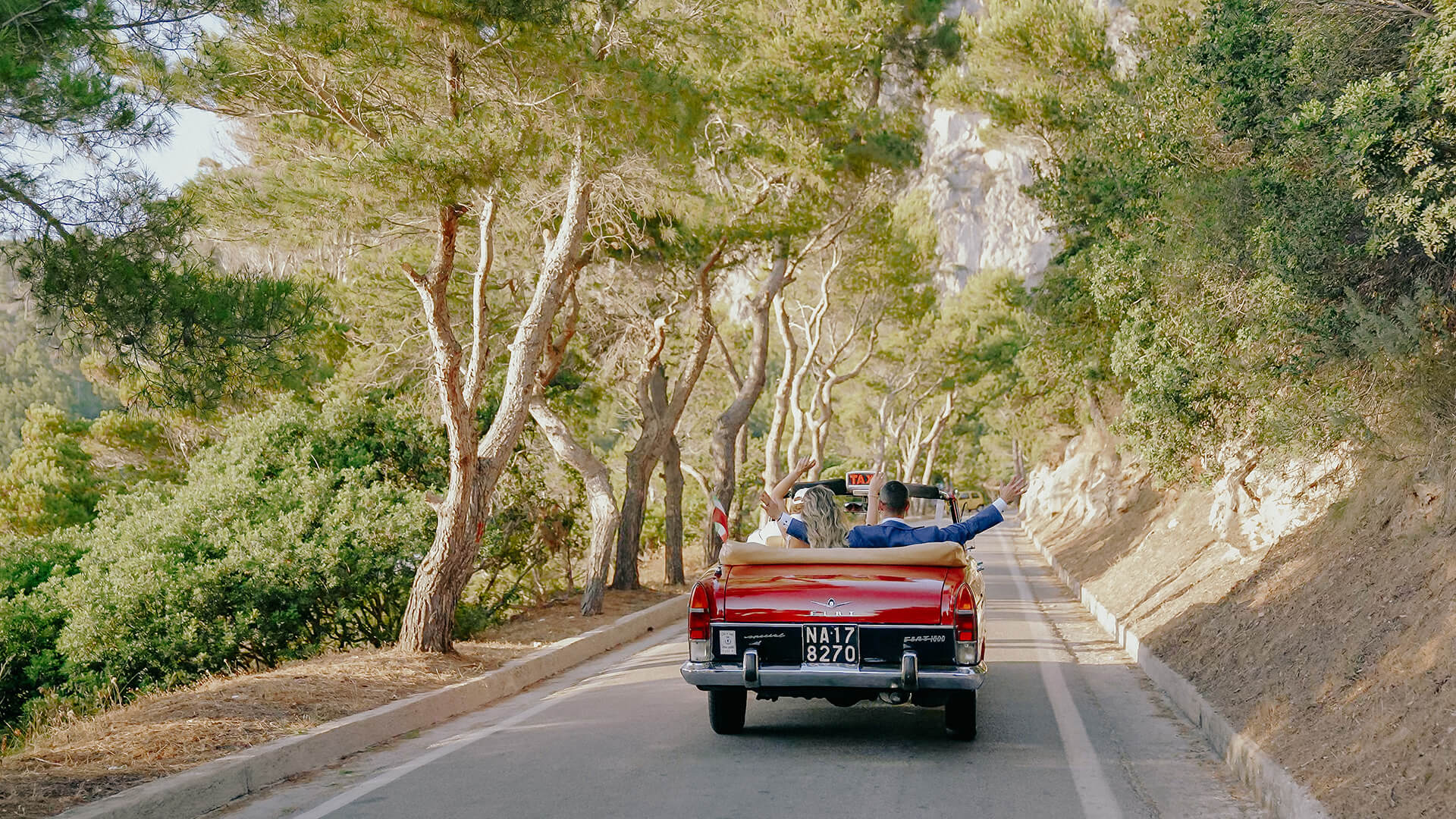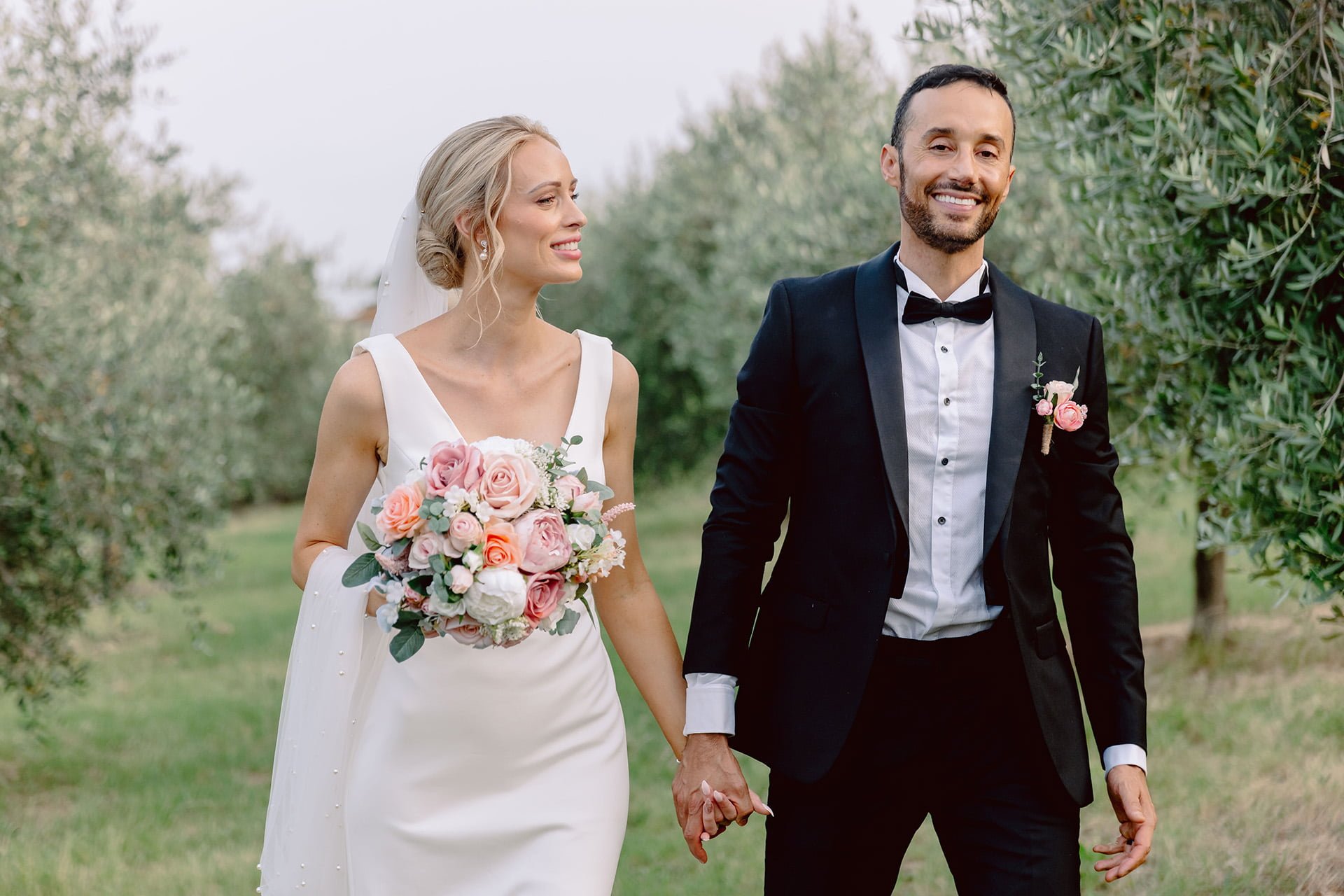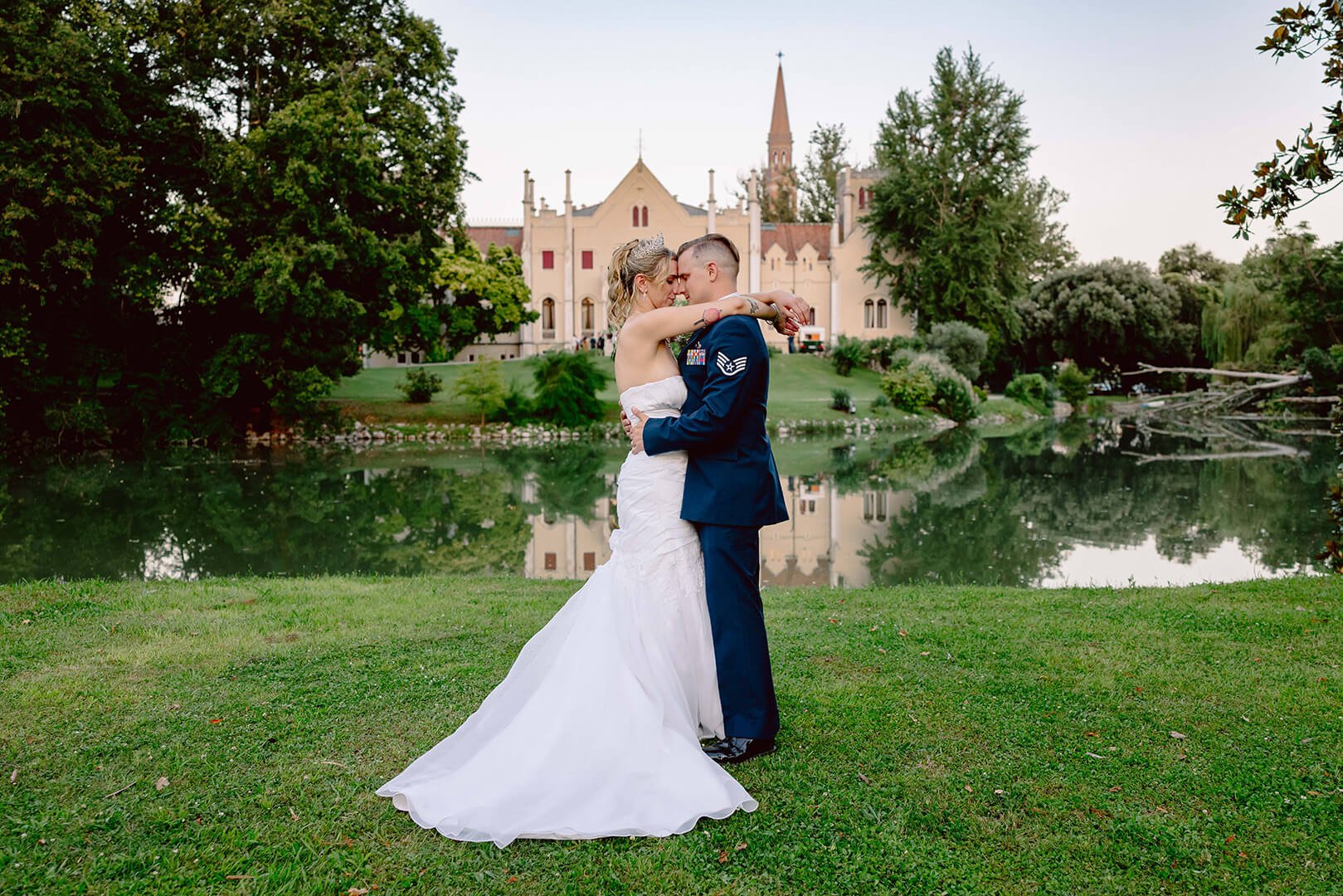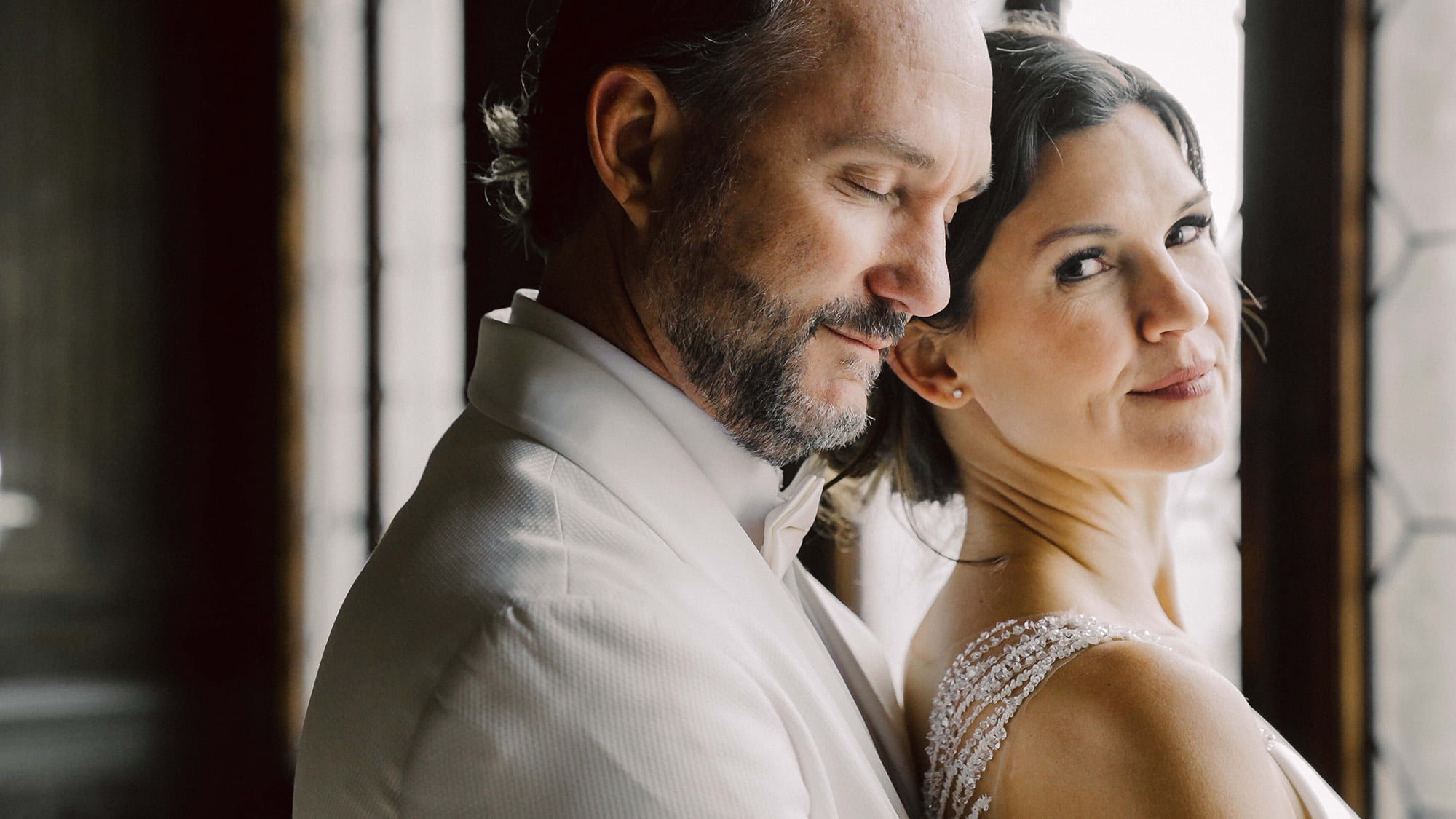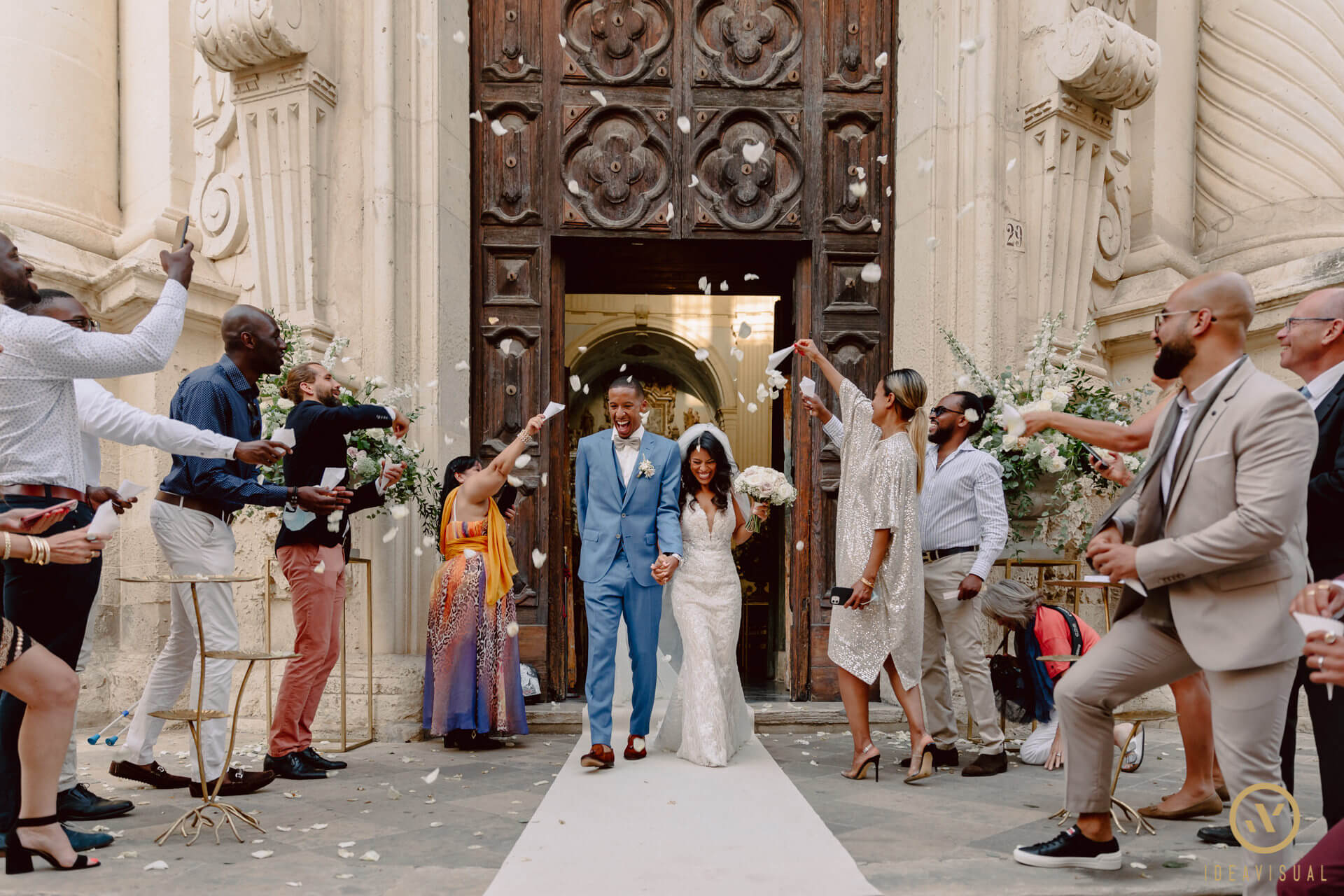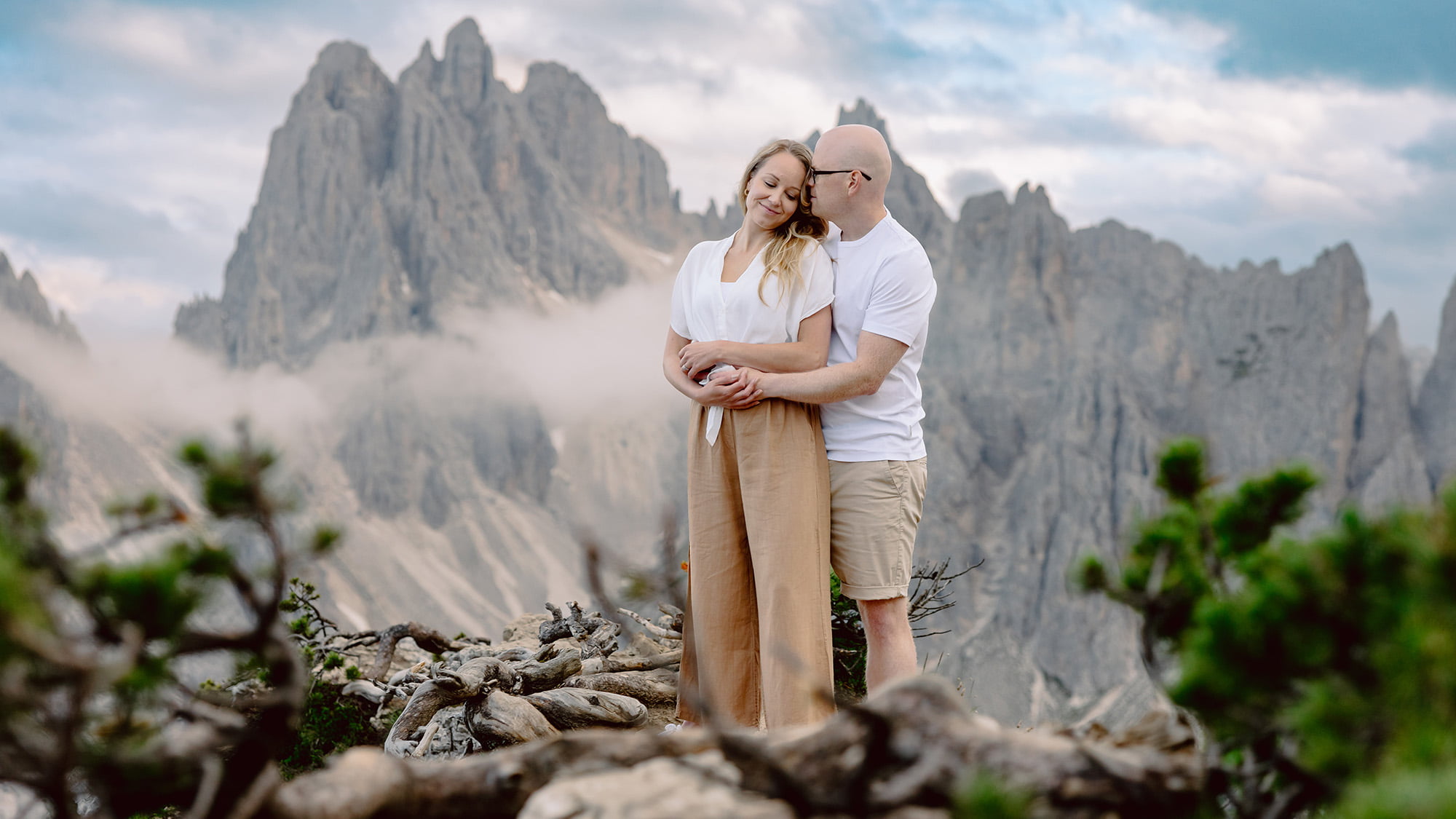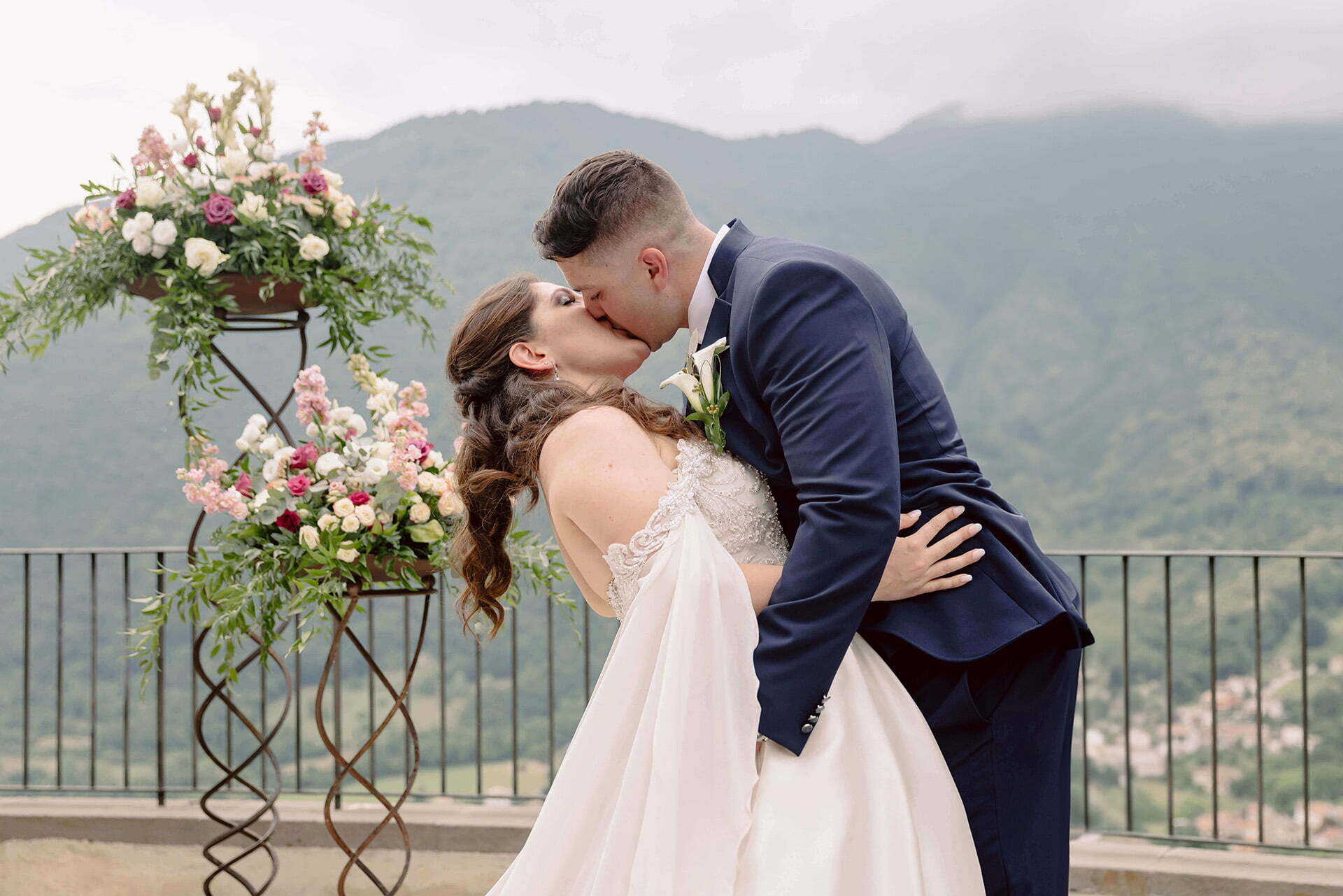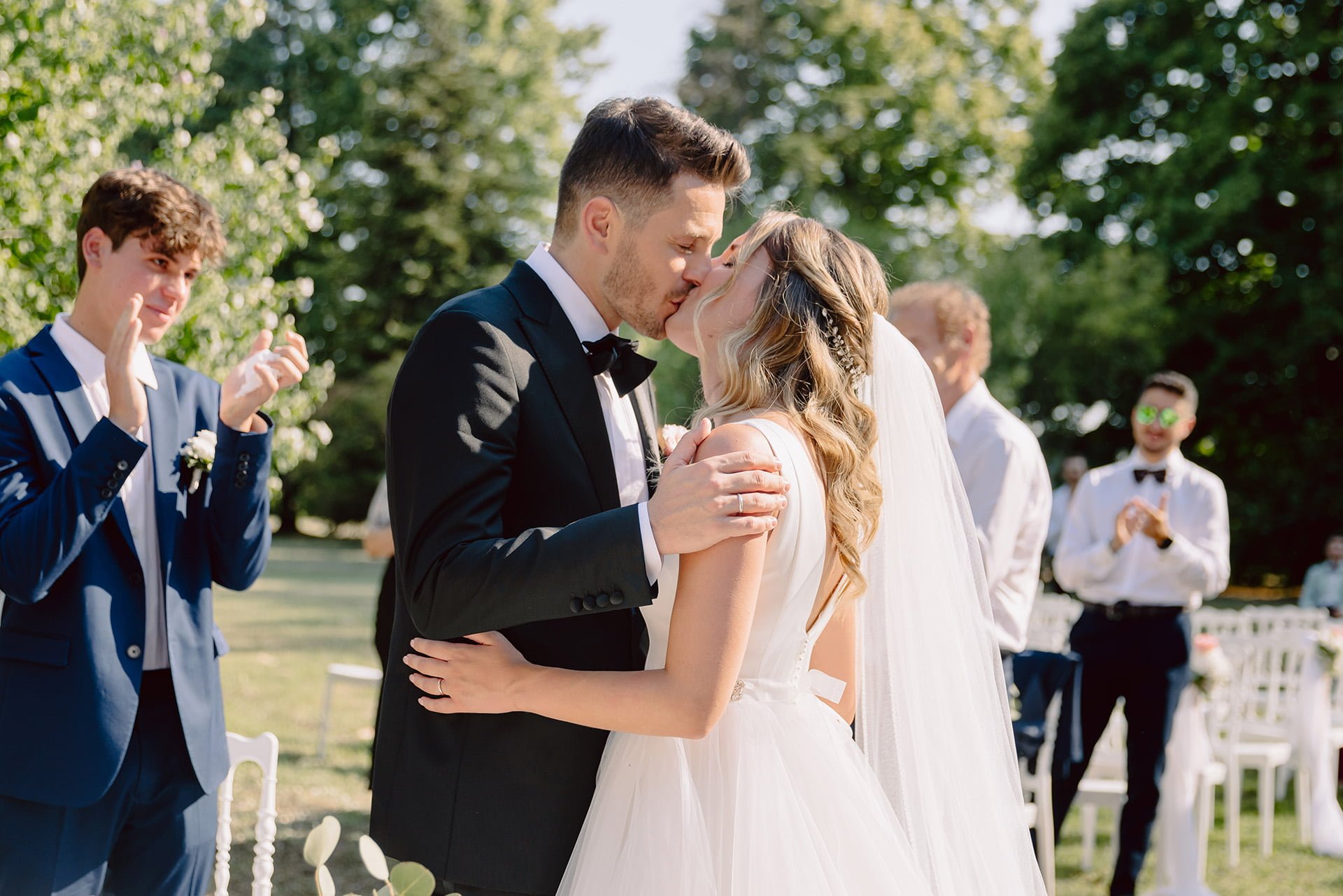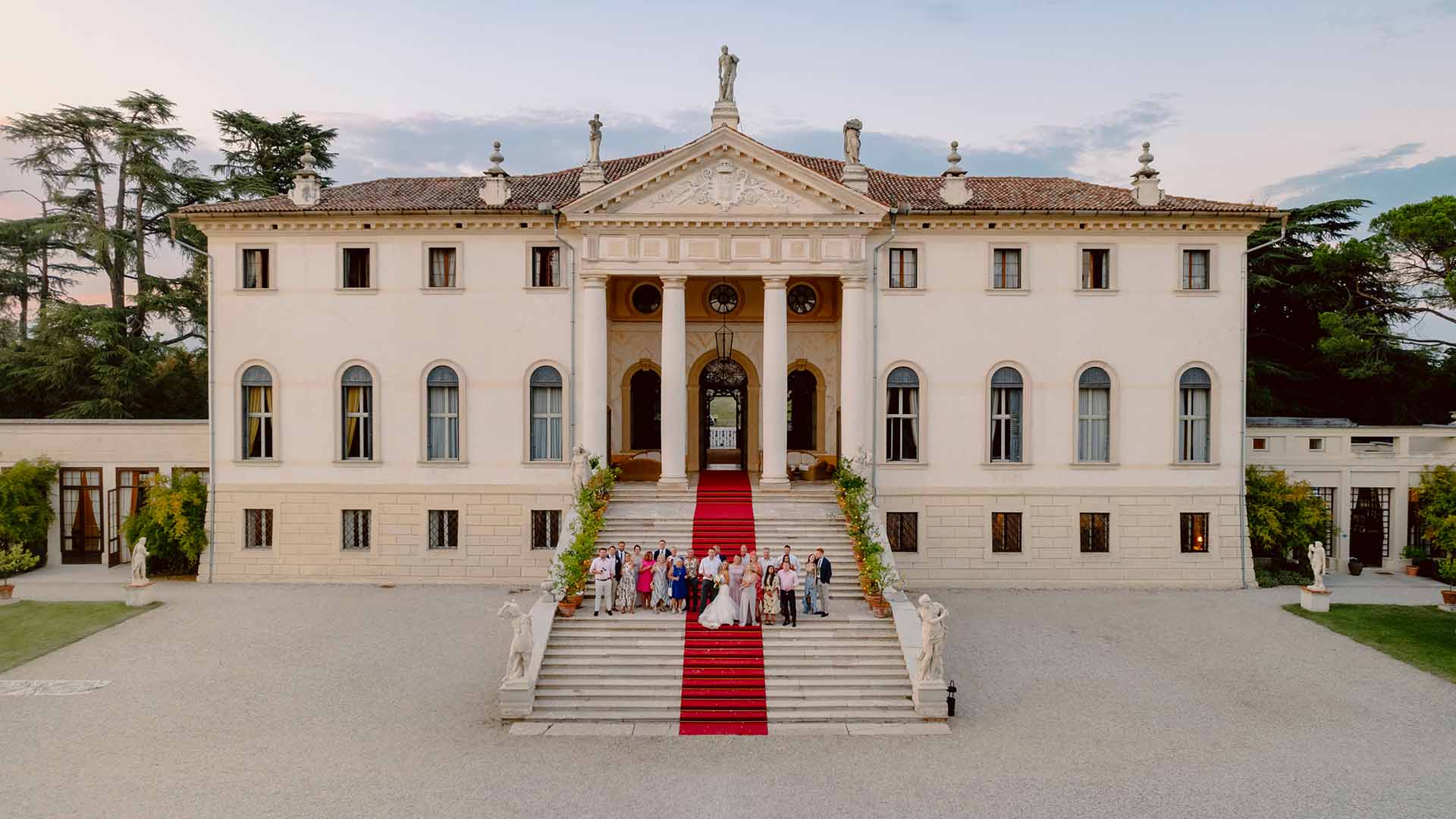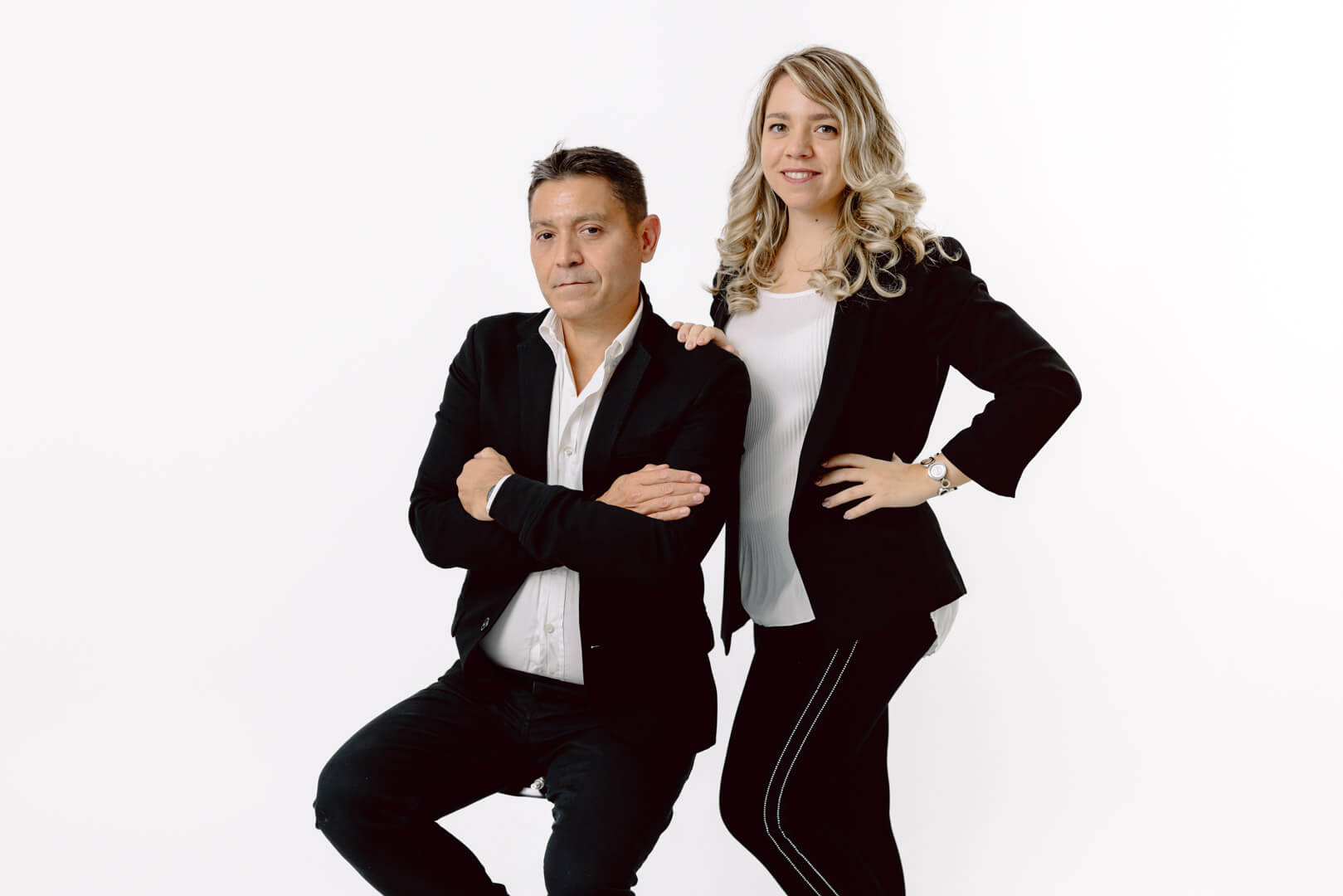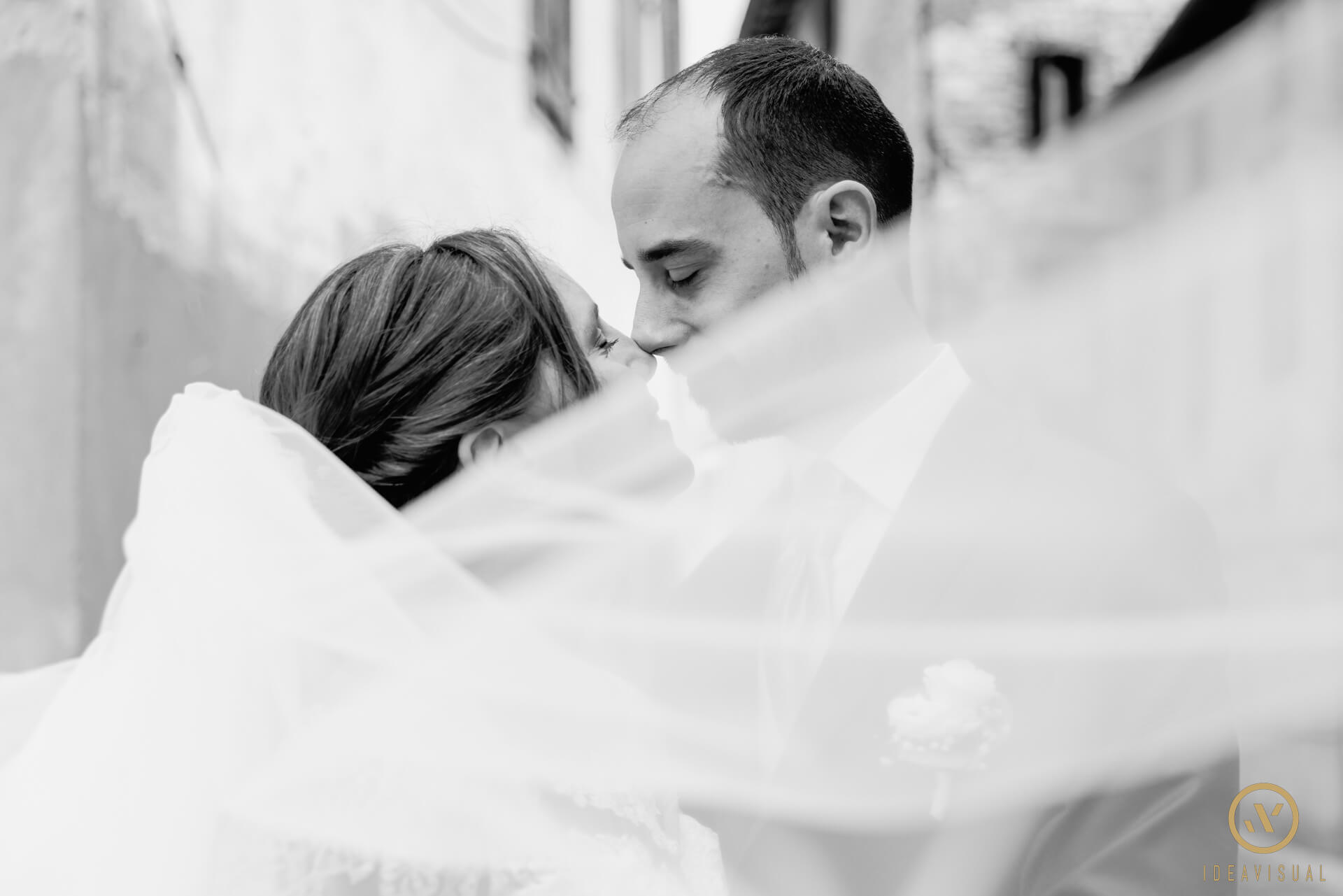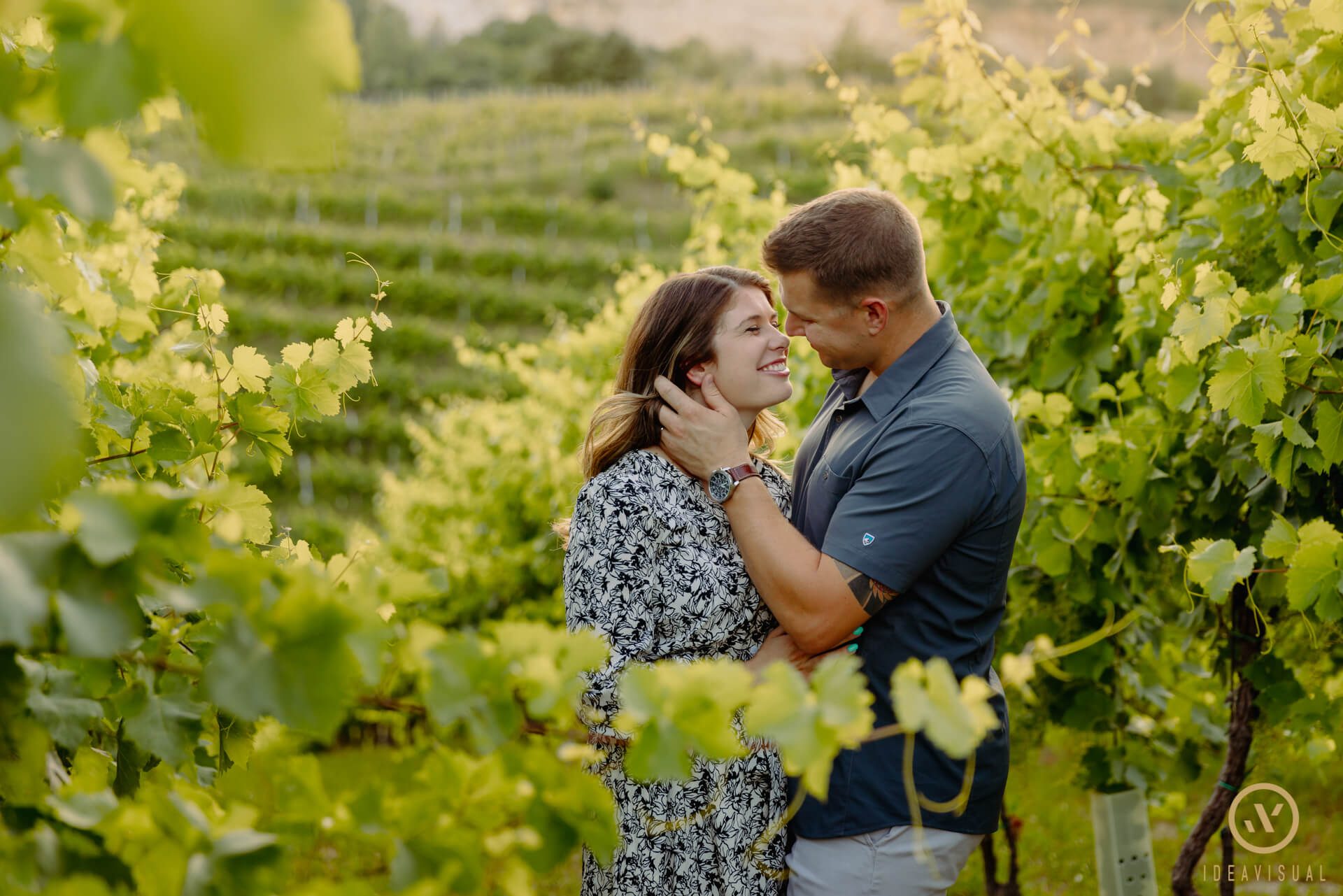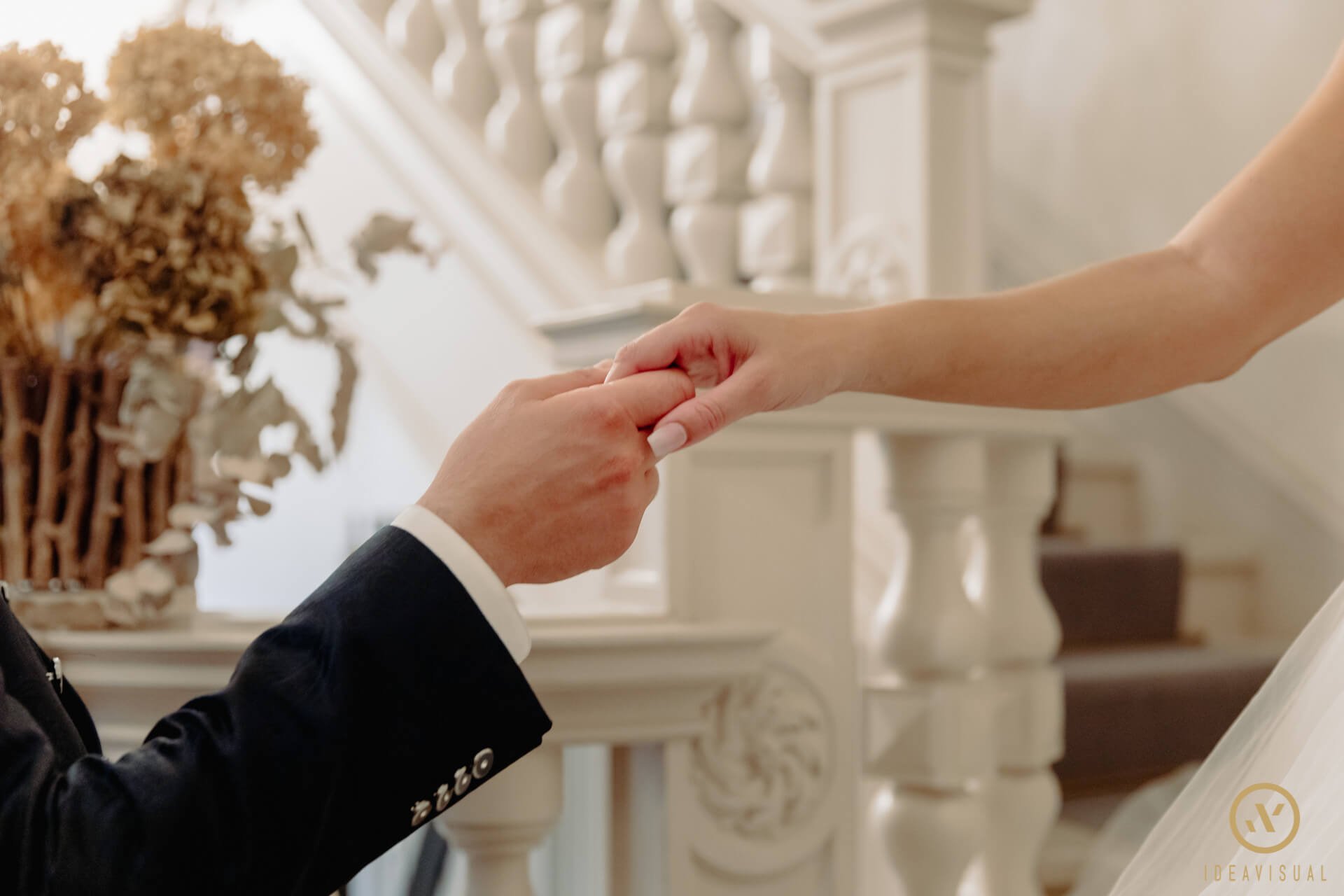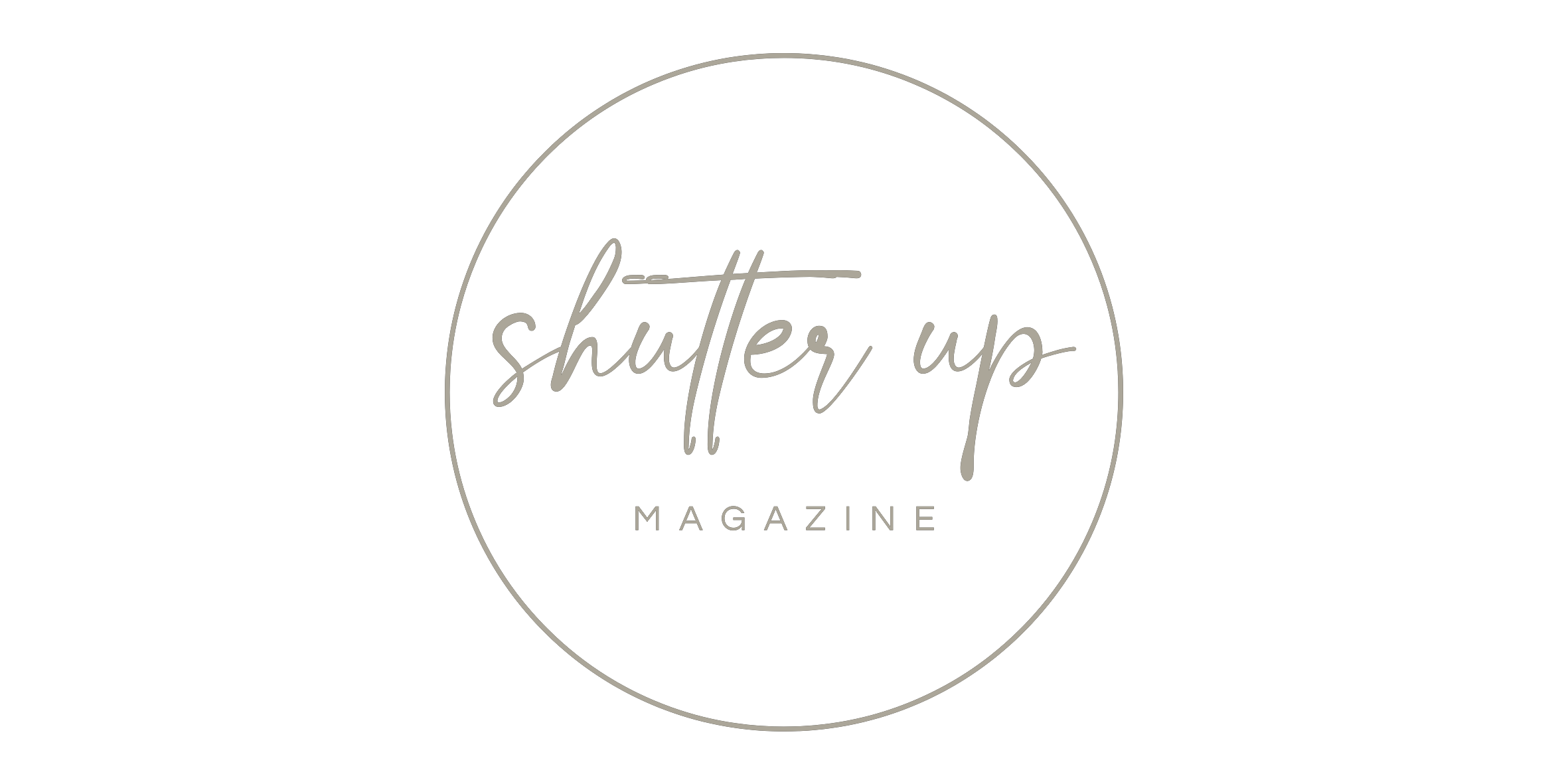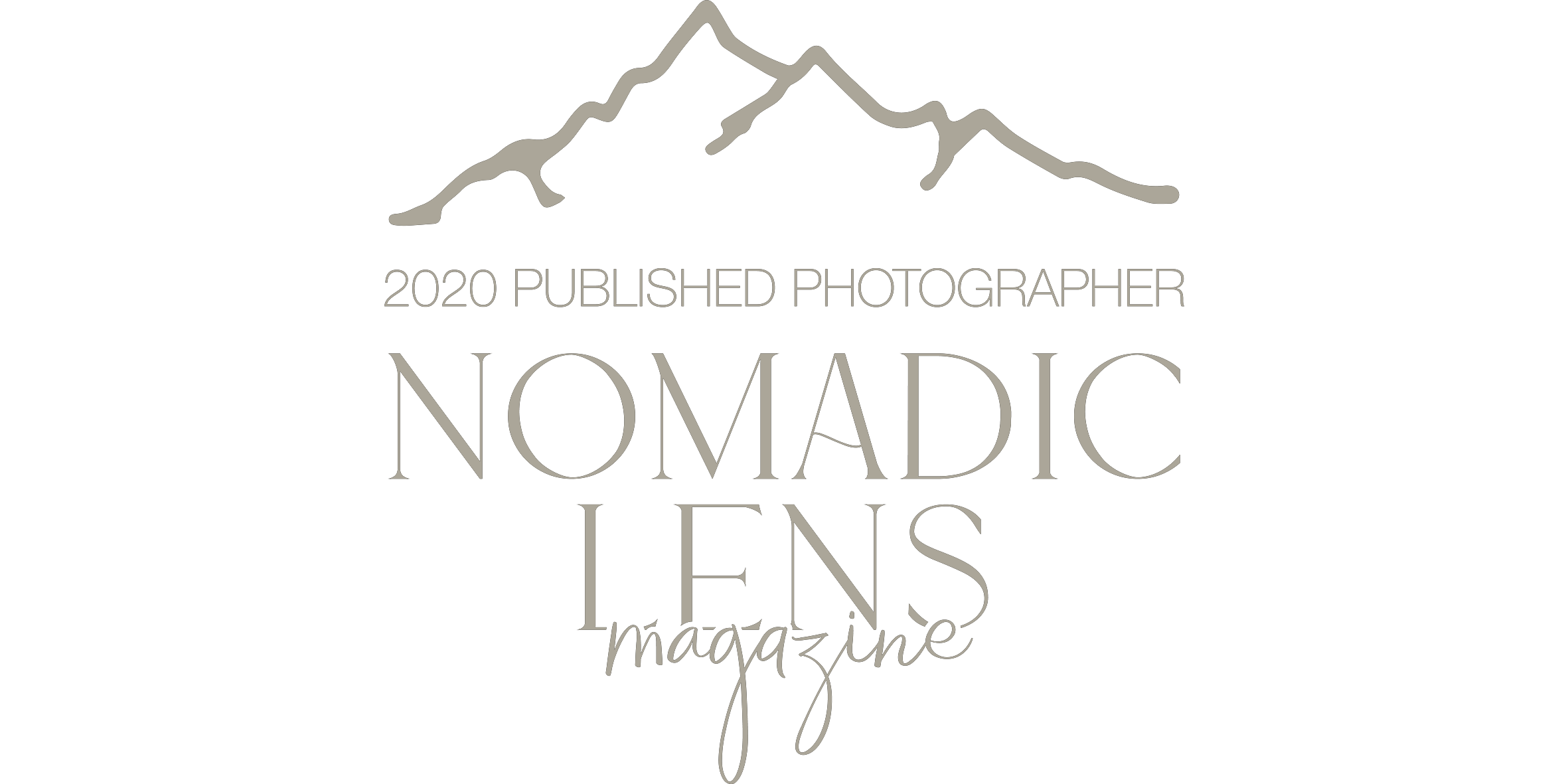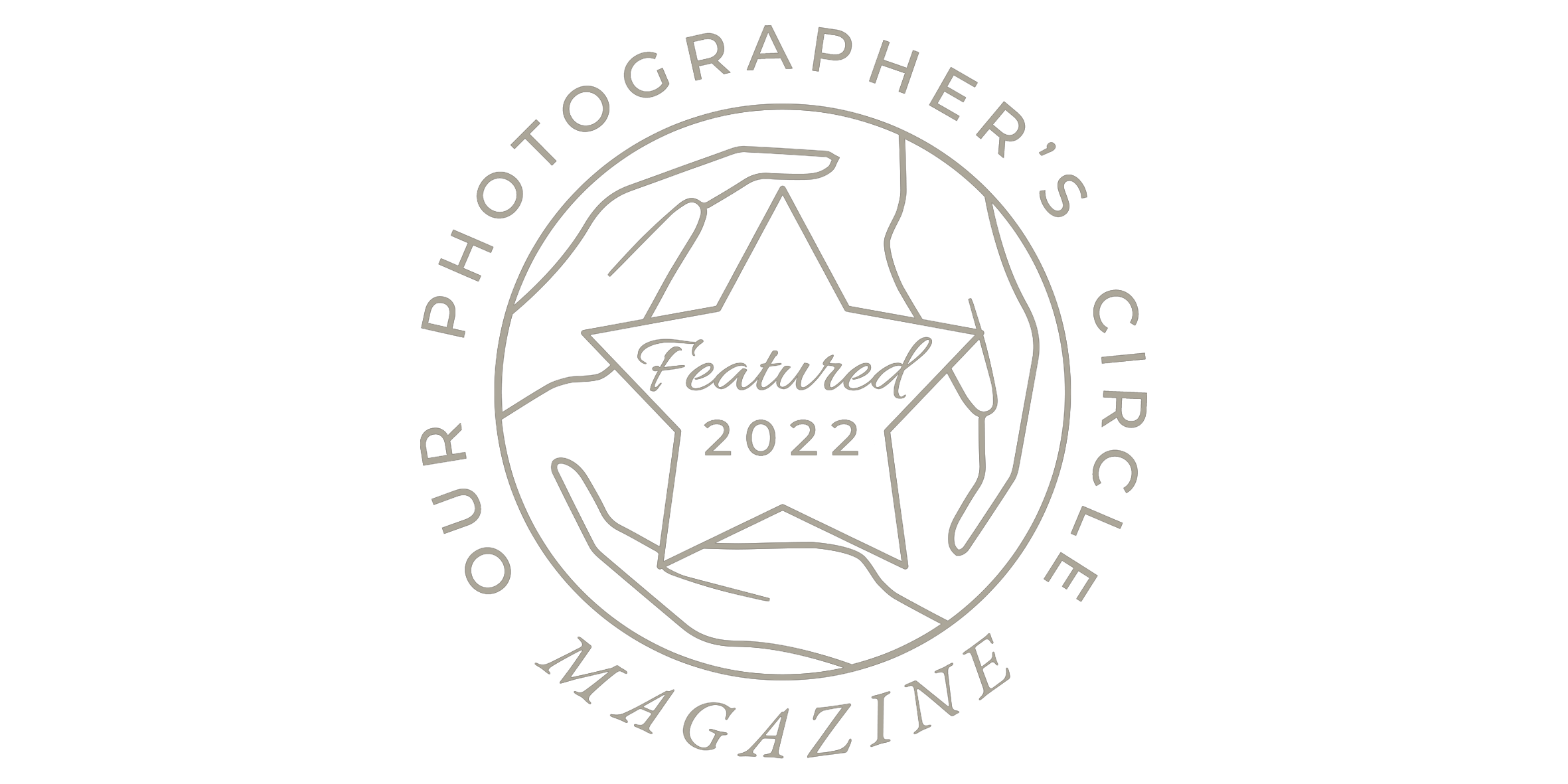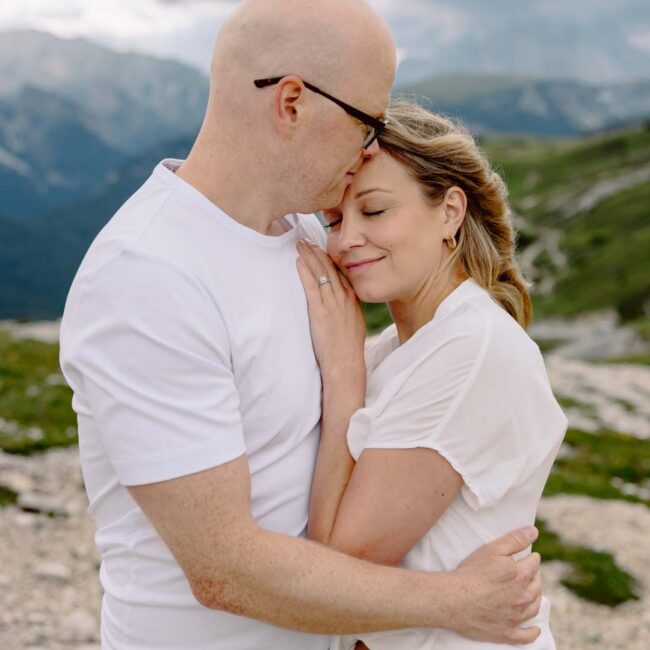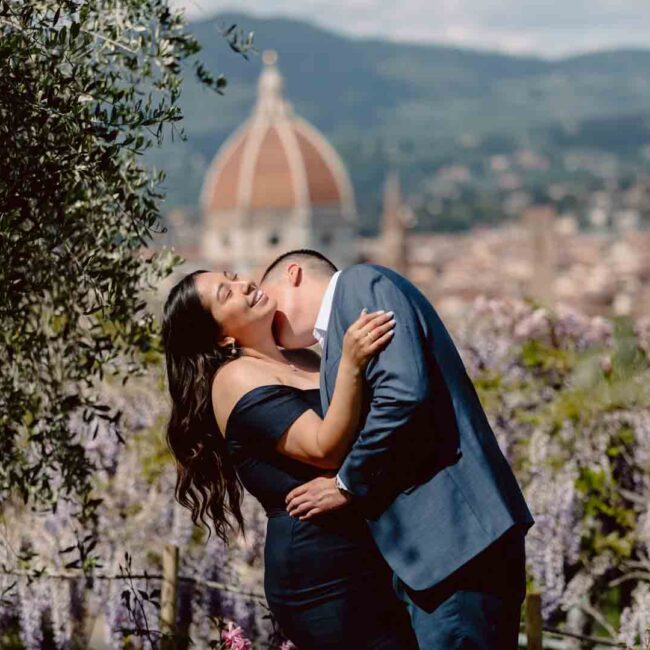LA VOSTRA STORIA
COME L'AVETE SEMPRE SOGNATA
FOTO AUTENTICHE
Dallo stile editoriale e documentario che vi faranno rivivere negli anni il vostro matrimonio esattamente come vi ricorderete di averlo vissuto.
Vivete la vostra magia e salvate i vostri preziosi ricordi d'amore! Il nostro team di fotografi e videografi professionisti è qui per aiutarvi.
anni di attività
destinazioni raggiunte
matrimoni realizzati
Ore di video editate
foto editate
IL NOSTRO TEAM
Fotografi & Videomakers
Ciao, siamo Celeste ed Edgardo.
Nel 2016 abbiamo fondato Ideavisual, un’azienda nata con l’obiettivo di rendere reali e appunto “visuali” le idee e i sogni dei nostri clienti.
Ci occupiamo di foto e video per aziende, matrimoni ed eventi, ma siamo sempre pronti a qualsiasi nuova opportunità, soprattutto quando si tratta di fare la valigia e partire.
Siamo creativi e amiamo viaggiare per catturare nuove idee e ispirazioni.
Crediamo sempre nella realizzazione di un buon prodotto che renda soddisfatti noi prima di soddisfare le esigenze del cliente.
Siamo grati a tutti coloro che scelgono i nostri servizi, si emozionano con le nostre immagini e ci rendono parte integrante della loro vita e dei loro ricordi.
Recensioni
Parole gentili dai nostri clienti
Prontezza nel cogliere l'attimo e attenzione al dettaglio
Bellissima galleria, pur nella semplicità e brevità del nostro evento. Grazie per la vostra prontezza nel cogliere l'attimo e la vostra attenzione al dettaglio. Grazie per il vostro fare discreto che ci ha fatto sentire completamente a nostro agio.
Elisabetta & Piergiorgio
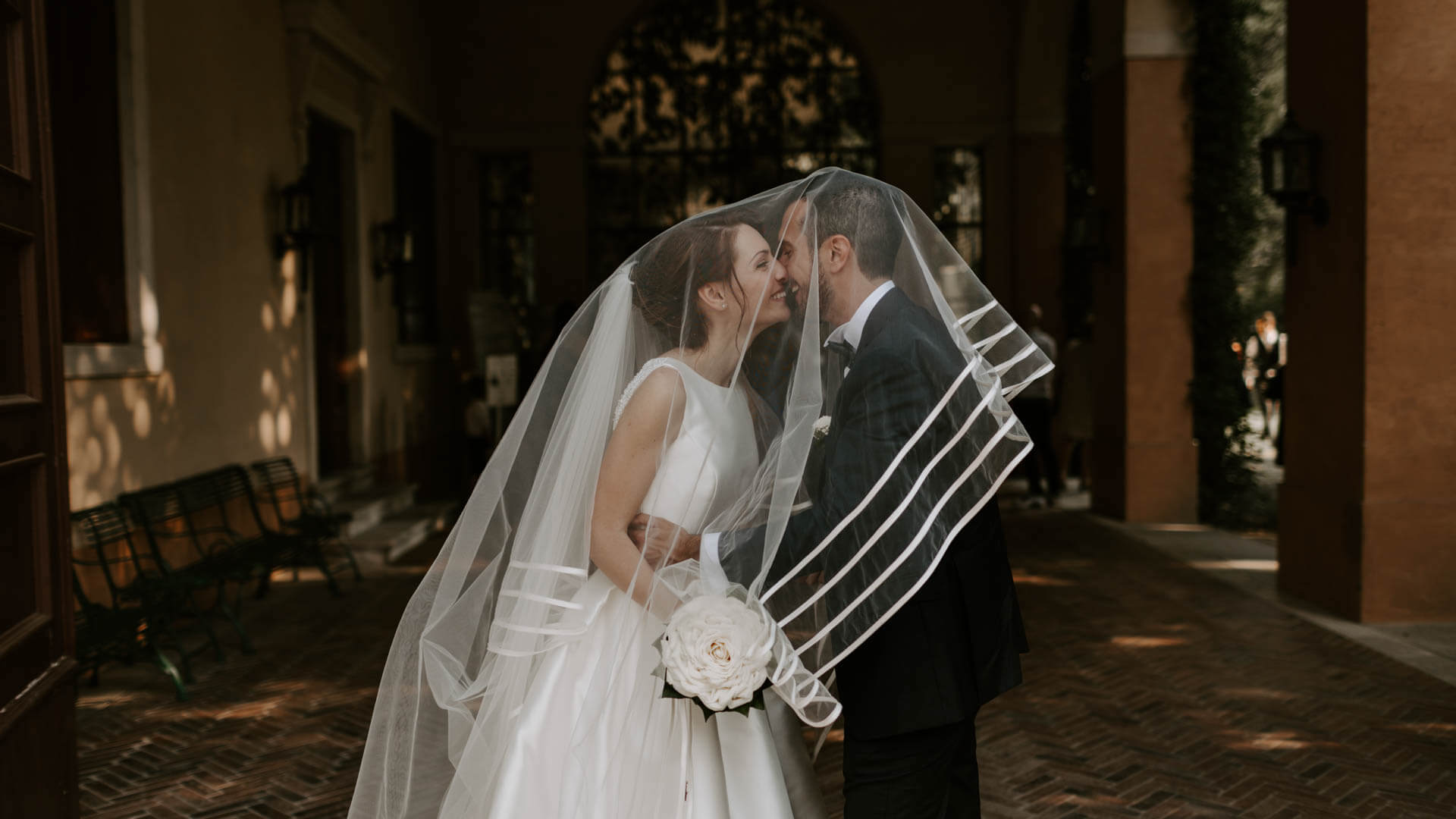
Ricordo autentico nel tempo
Il giorno del proprio matrimonio resta unico, ma sapere di poterlo rivivere nei colori, affetti, emozioni di quel giorno è qualcosa di unico. La professionalità, qualità, sintonia e attenzione ai dettagli del team Ideavisual confermano la nostra scelta ogni volta che riviviamo nelle immagini il nostro sì! Certamente la scelta migliore per un ricordo autentico nel tempo.
Ilaria & Andrea
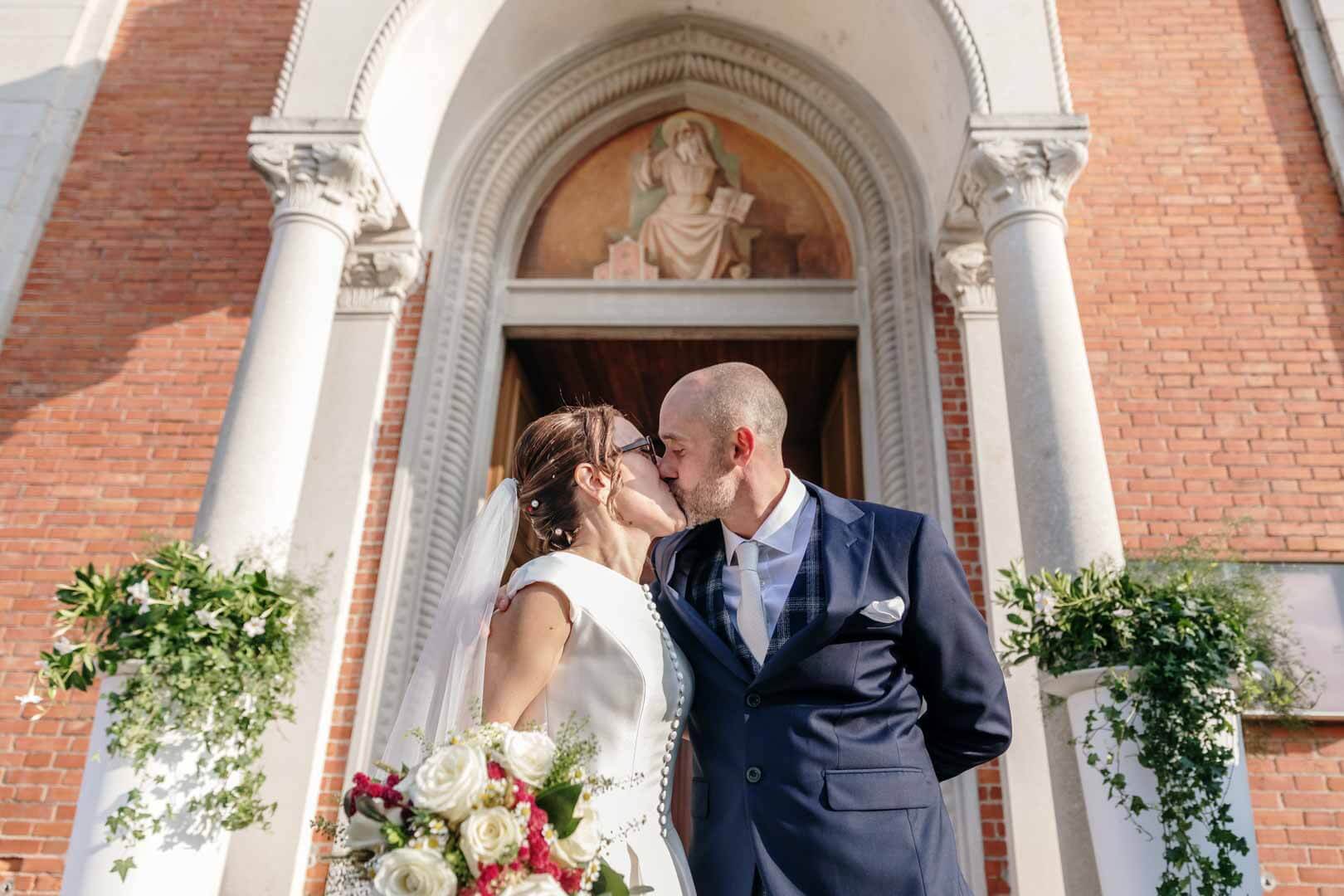
Ti conquistano subito
Celeste ed Eddy ti conquistano subito al primo incontro per la loro passione e il loro amore per il lavoro che fanno. Sono rassicuranti, precisi, professionali, sinceri e simpatici; insomma, un mix perfetto che si trasforma magicamente in un lavoro unico. Non si immagina e non ci si aspetta di poter rivivere alcuni momenti e istanti di quel giorno e invece, a distanza di mesi, la magia si compie e l'emozione è grande. Il lavoro che c'è dietro al loro prodotto è immenso, lungo, meticoloso, ma veramente bello!!! Grazie a tutto il gruppo, siete stati unici e speciali e avete reso il nostro giorno indimenticabile!
Alberta & Alessandro
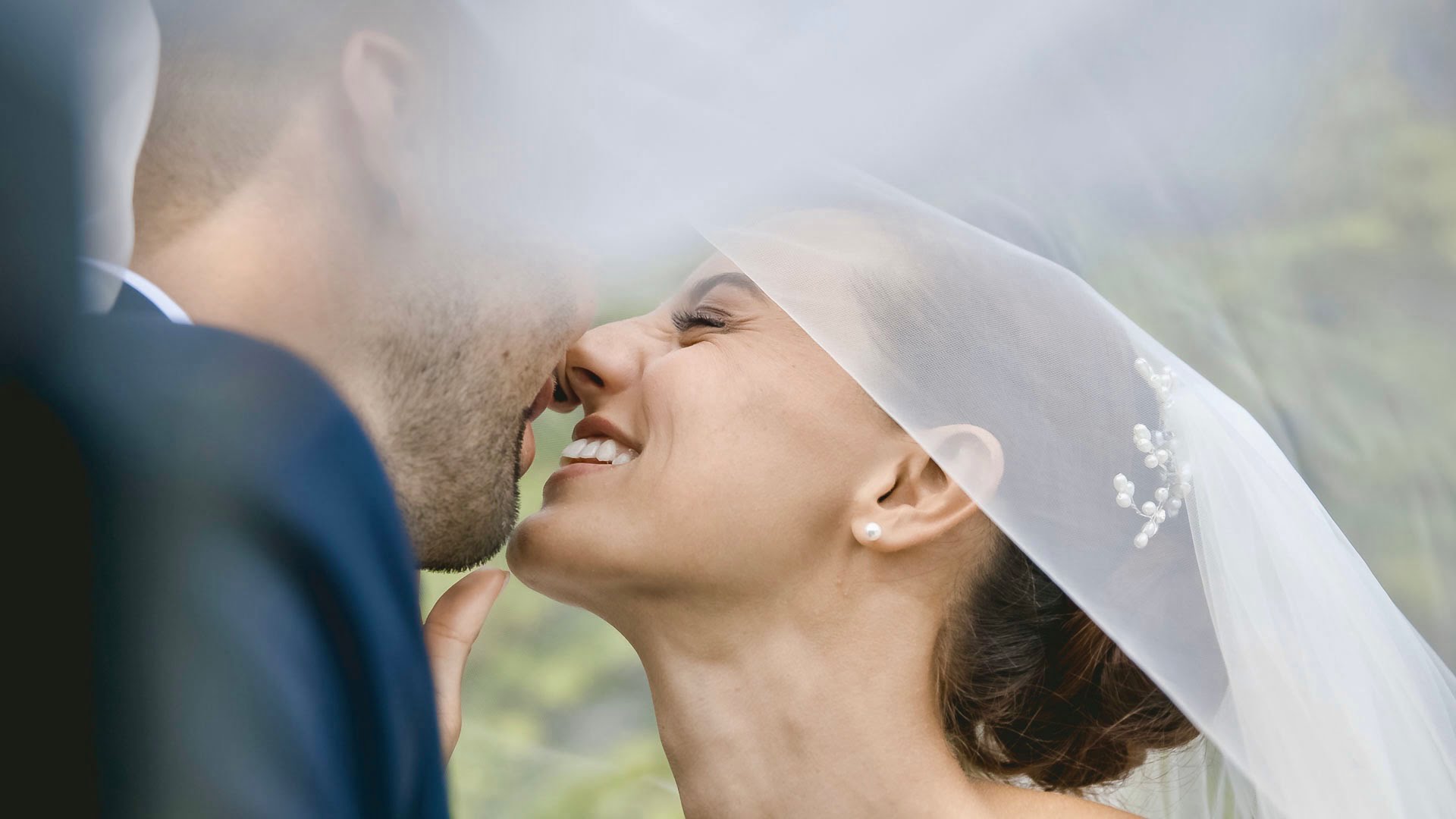
Assolutamente consigliati!
Sono stati i video maker del mio matrimonio! Assolutamente consigliati 🙂
Lucrezia & Enrico
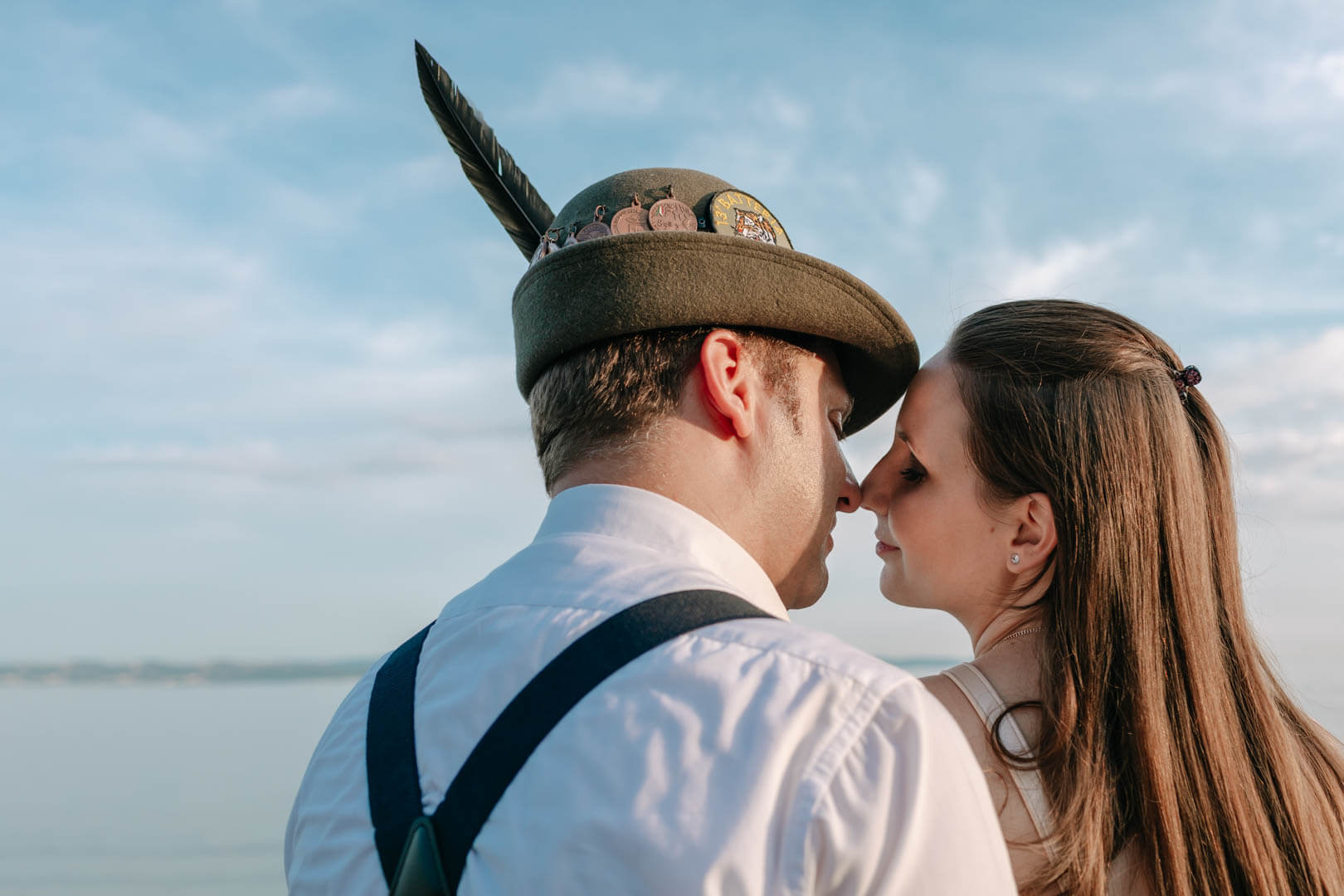
Un sogno diventato realtà
Fin dal primo momento con Eddy e Celeste abbiamo instaurato un bellissimo rapporto e la proposta dei video che ci hanno illustrato ha rappresentato in tutto e per tutto quello che volevamo noi esaudendo a pieno le nostre aspettative. Nonostante la nostra timidezza e riservatezza hanno saputo da subito metterci a nostro agio durante tutto il servizio video e hanno saputo tirar fuori tutta la semplicità e felicità che c'era dentro di noi. Con noi sono sempre stati disponibili e gentili e ci hanno sempre dimostrato grande professionalità e serietà nel loro lavoro. Data la nostra esperienza li raccomandiamo caldamente e con molto piacere
Gianpaolo & Elena
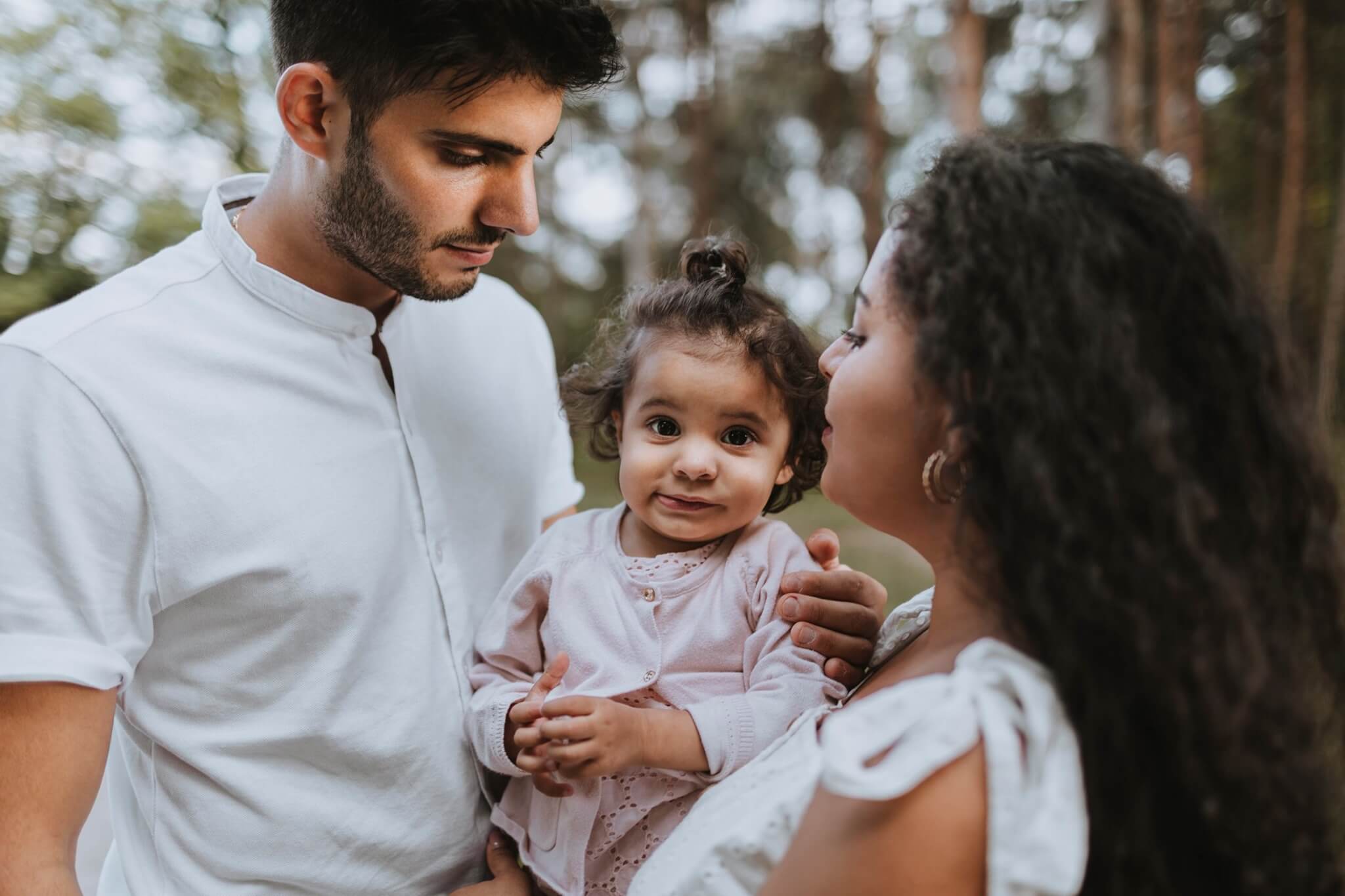
Bravissimi e professionali
Bravissimi e professionali, in grado di lavorare in squadra di cogliere e capire i momenti migliori e di metterti subito a tuo agio. Super disponibili e che dire ..persone fantastiche oltretutto e di piacevolissima compagnia. È stato un piacere e sono soddisfatissimo di aver affidato il nostro matrimonio ai migliori.
Gloria & Matteo
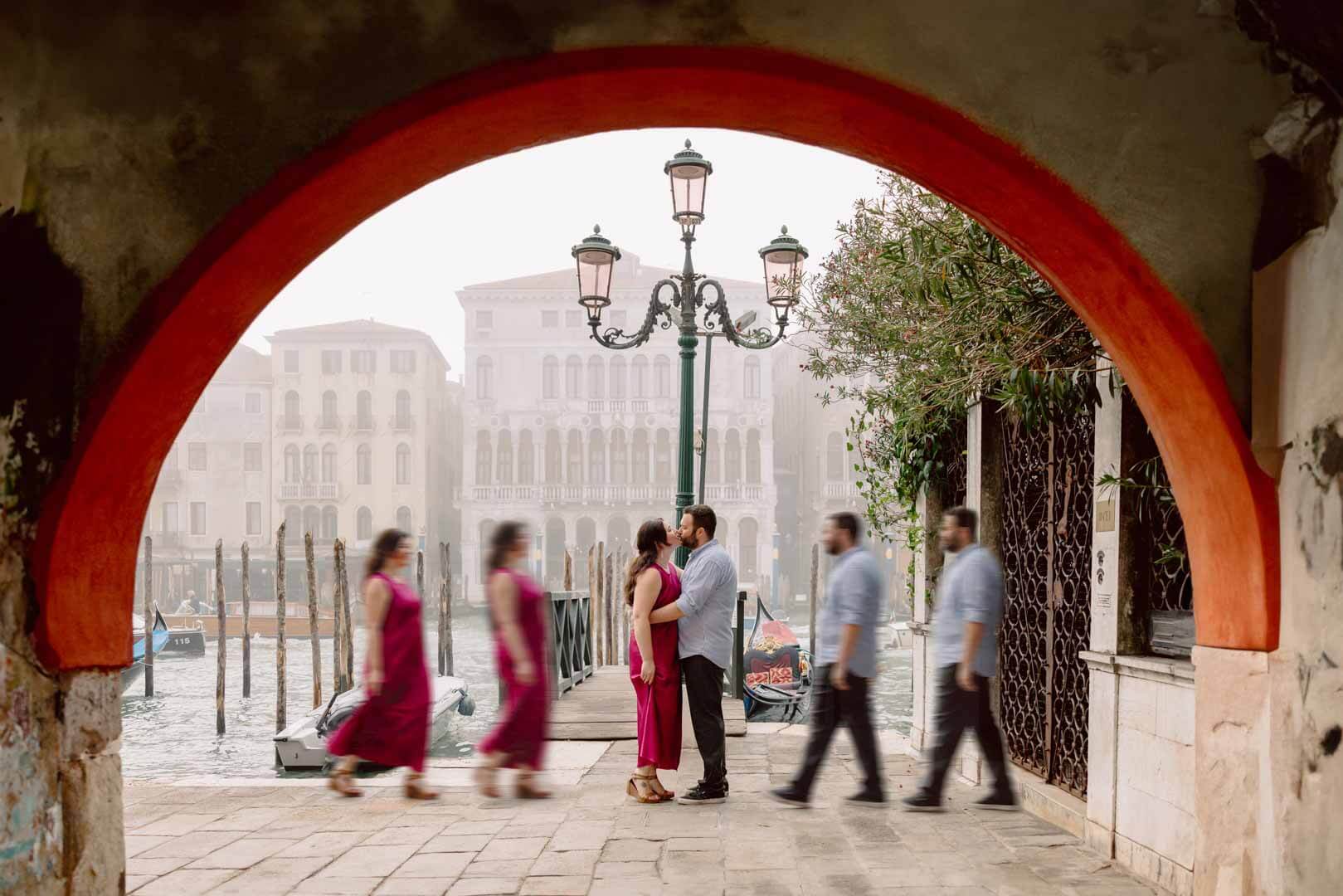
Non potrei raccomandare un fotografo migliore i vostri momenti speciali!
Non potrei raccomandare un fotografo migliore per catturare i vostri momenti speciali. La sessione fotografica è stata facile divertente. Ci siamo divertiti molto a provare nuove idee fotografiche e tattiche sperimentali con loro. Hanno avuto un grande occhio per mettere in posa me e il mio partner. Le foto finali erano bellissime e magiche. Quelle sperimentali hanno finito per essere tra le mie preferite.
Lauren & Shane
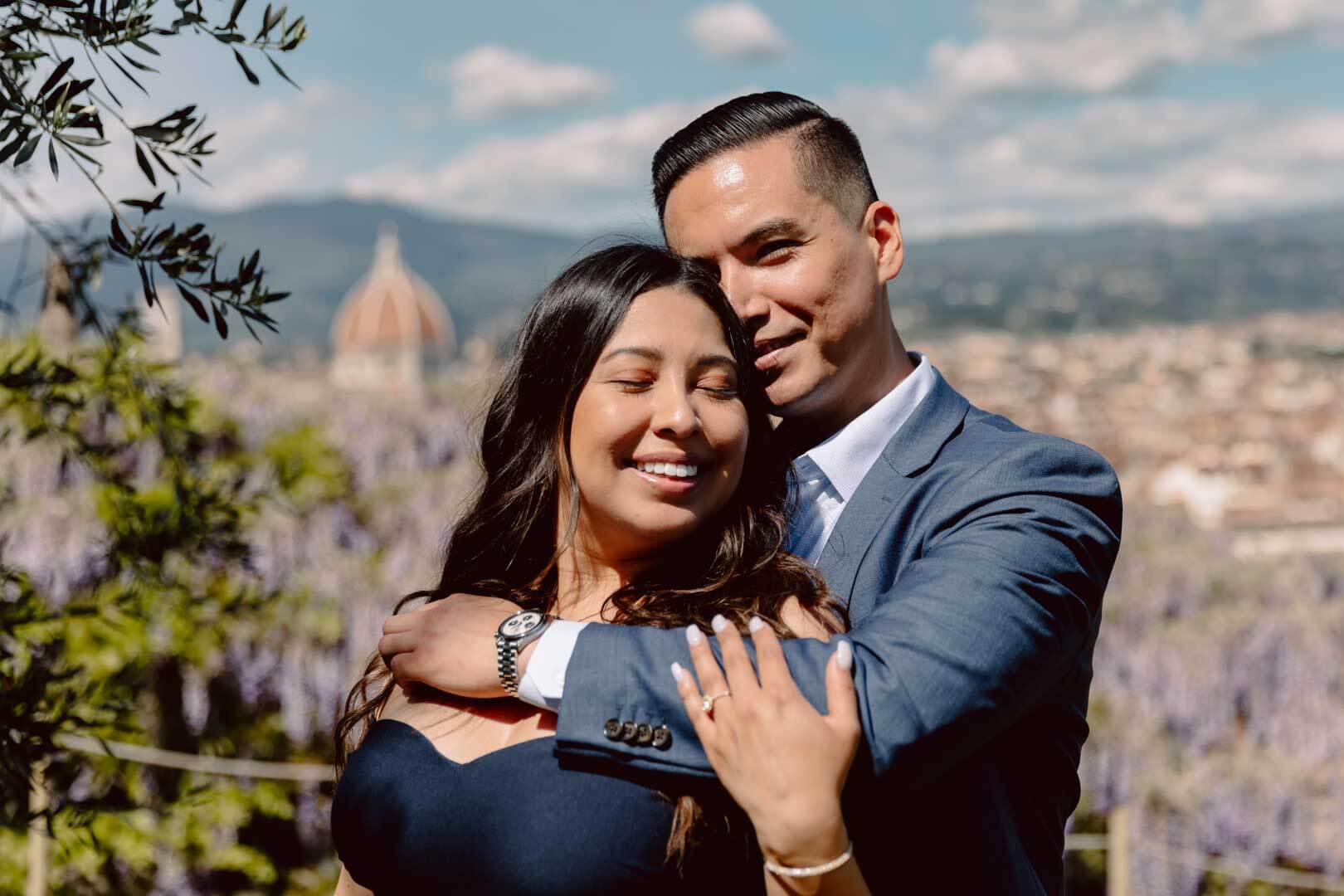
Un'esperienza bellissima
Il nostro fidanzamento a Firenze è stato un'esperienza bellissima, resa ancora più memorabile grazie a Ideavisual. Sia Celeste che Edgardo hanno fatto di tutto per rendere indimenticabile il nostro servizio fotografico. Le loro personalità calorose e il loro approccio professionale ci hanno fatto sentire immediatamente a nostro agio. Il mio fidanzato, che di solito è restio alla macchina fotografica, è stato in grado di mettersi a proprio agio e di essere pronto per le foto grazie alla loro esperienza e pazienza. Con la loro guida, siamo stati in grado di brillare davvero, catturando momenti che conserveremo per sempre. Se state cercando un team di fotografi che combini abilità, flessibilità e una genuina passione per il loro lavoro, non cercate oltre.
Jessica & Eduardo
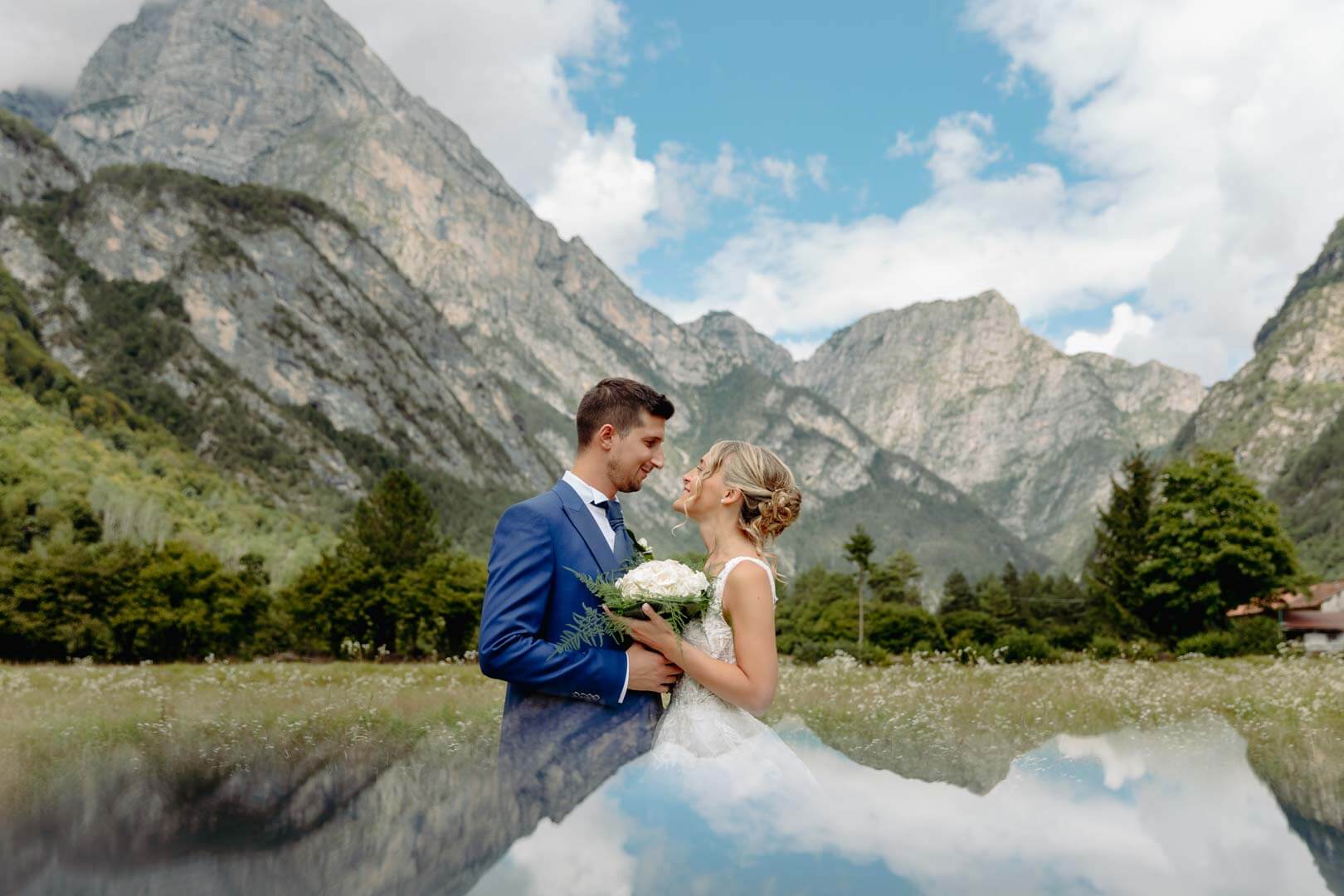
Dei veri Professionisti
Dei veri Professionisti! Ti mettono a tuo agio in ogni situazione. Riescono a cogliere i momenti più emozionanti che una fotografia può regalare. Attenti ai dettagli e super disponibili. Fare i complimenti è riduttivo! È sufficiente dare un’occhiata al loro portfolio per dare un giudizio altrettanto positivo.
Martina & Alberto
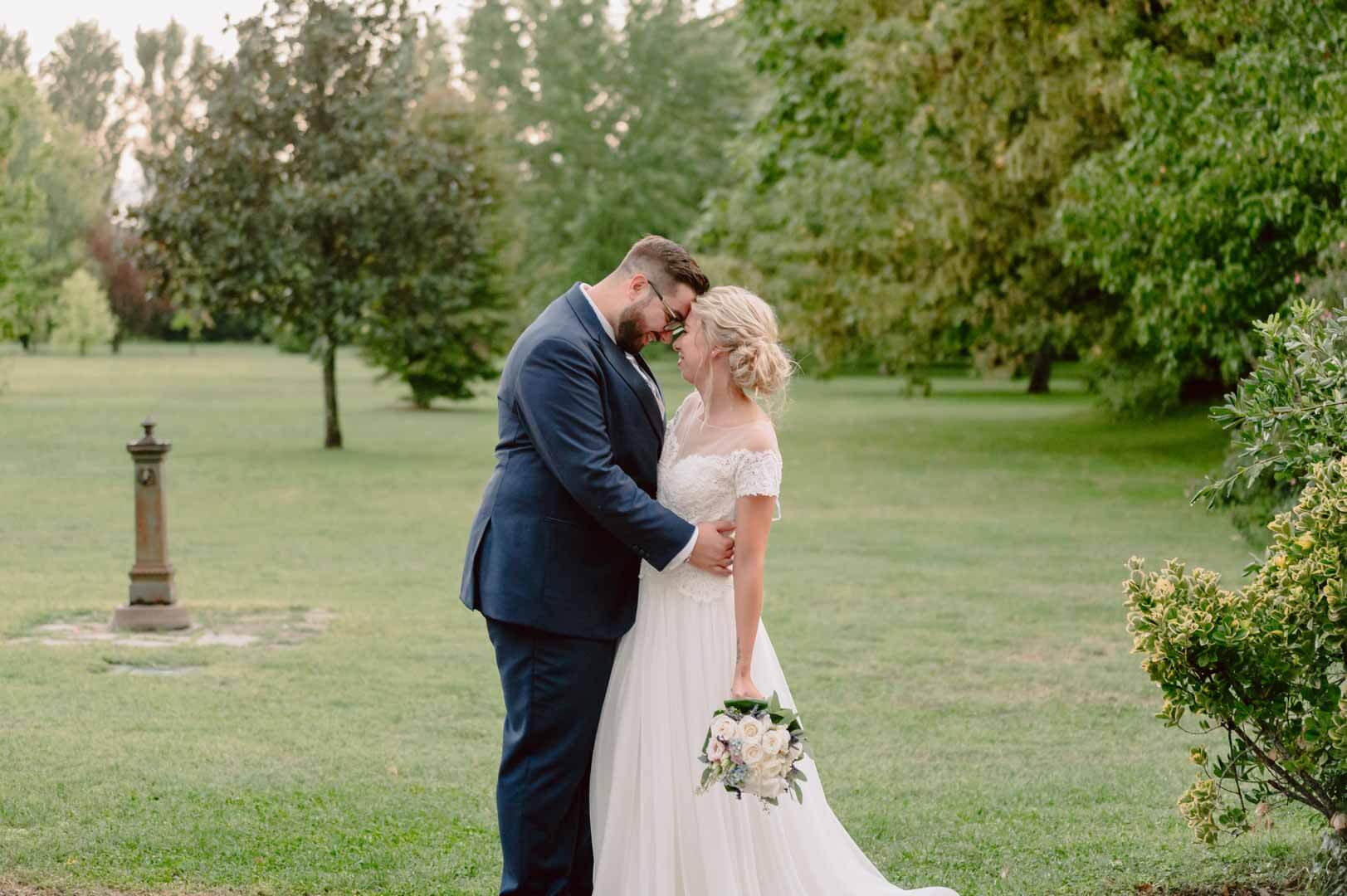
Grande competenza
Celeste e il suo staff sono stati bravissimi! Mai invadenti ma sempre presenti (e lo dice una che non ama farsi fotografare)! Sono un gruppo super professionale e siamo felici di aver scelto loro sia per le foto che per i video!
Alessia & Paolo
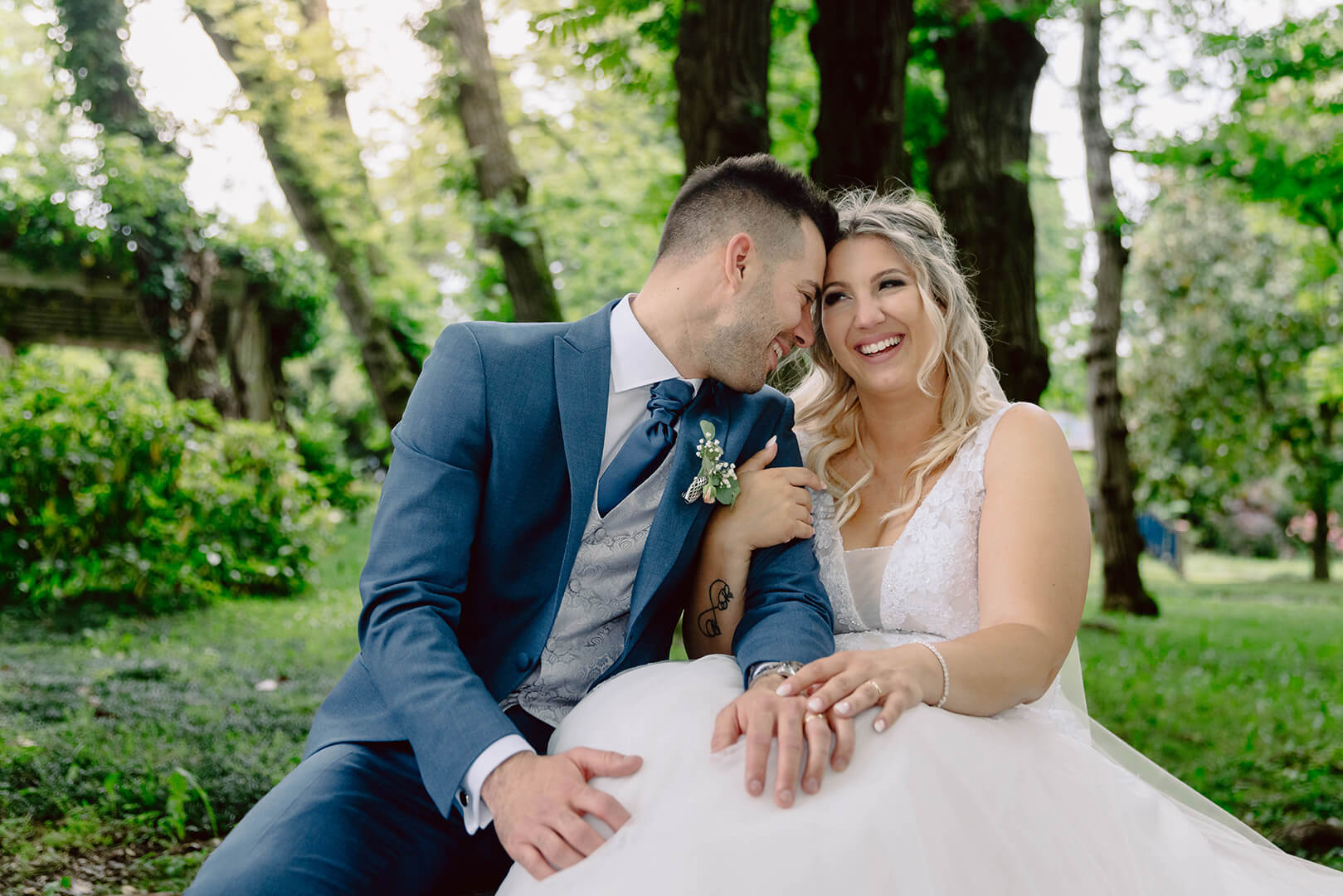
Super consigliati!
Gorgeous guys, they understood to the face what we were looking for...you can see the love they have for their work and the ability to capture the most meaningful moments..super recommended!
Giada & Andrea
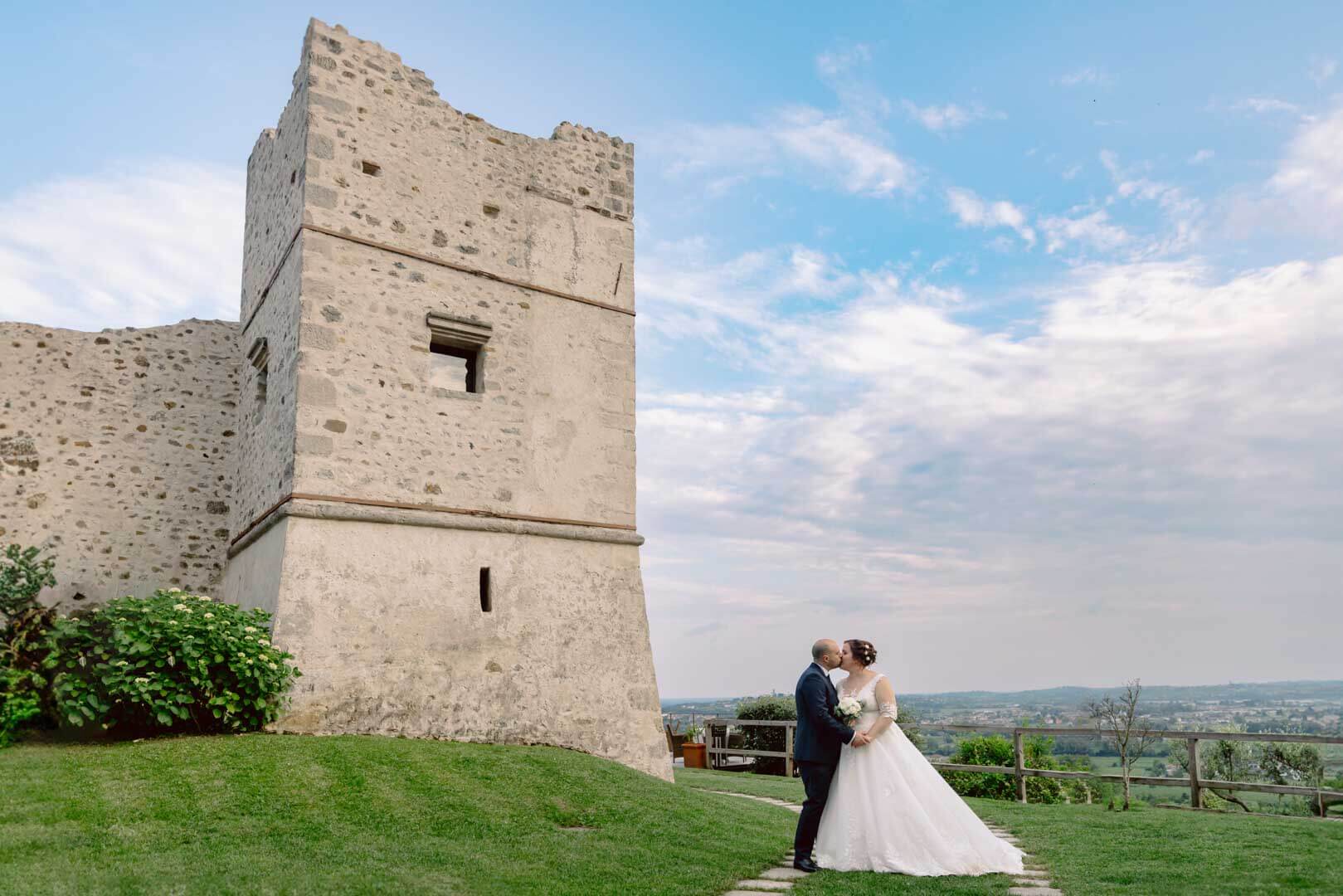
Consigliatissimi!
Fantastici! Celeste, Eduardo e il loro team sono semplicemente fantastici, io non amo farmi fotografare ma in quella giornata mi sono sentita a mio agio. La loro presenza è discreta, simpatica e super professionale. Sono assolutamente consigliatissimi e li porteremo nel cuore, nei ricordi di questa meravigliosa giornata!
Marta & Michele
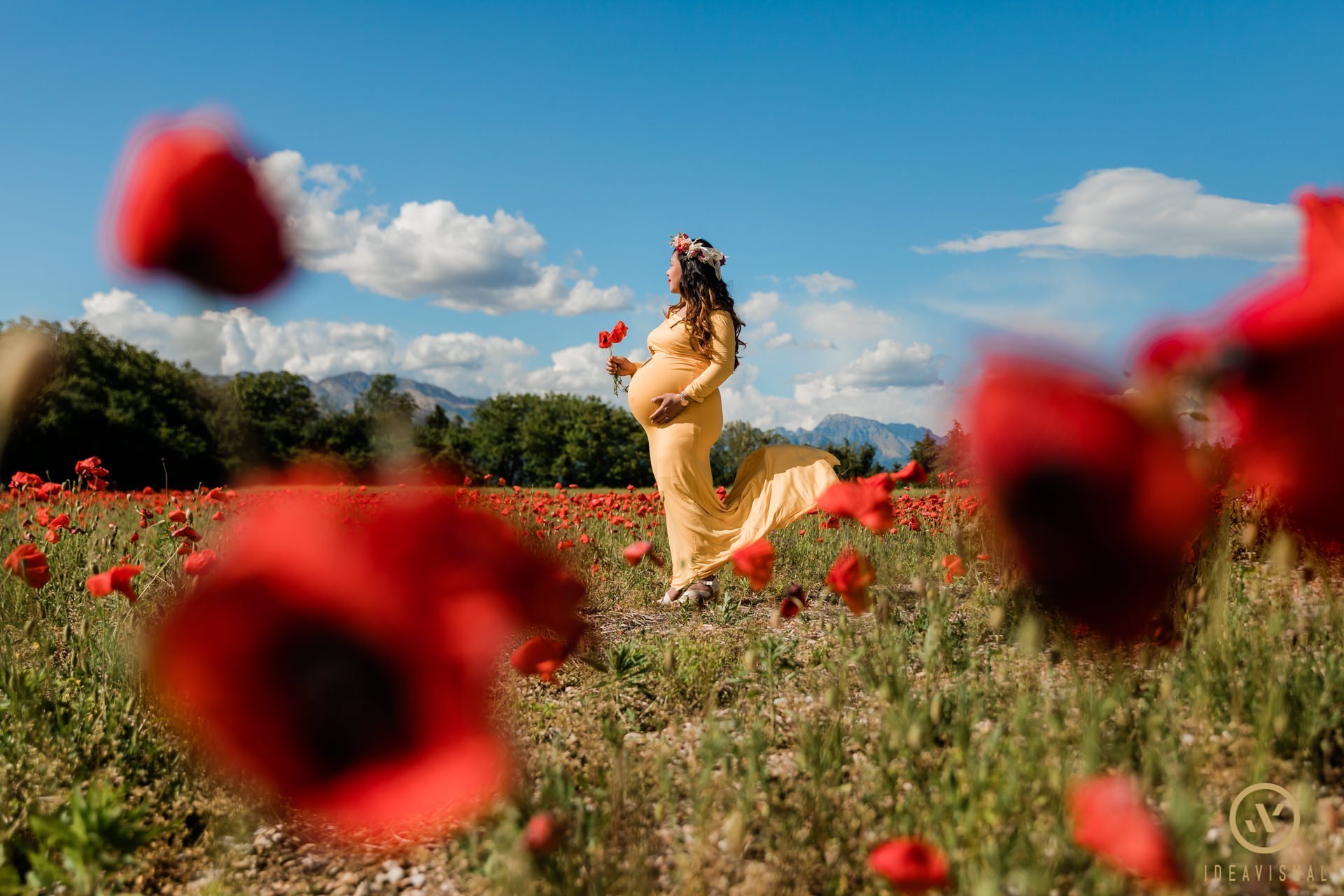
Highly recommended
We wanted to give a shout out and many thanks to Celeste and her partner for the winter themed photos that came out indeed wonderfully beautiful. They both are very professional, creative, assistive, and fun-to-be-with. Not to mention they came super early to check which areas will do great for photography, they even brought props (sparklers, smokers, & canisters of poppers), and they were very caring & thoughtful to me as I'm 6 months pregnant. They are indeed highly recommended!
Sandra + Mark
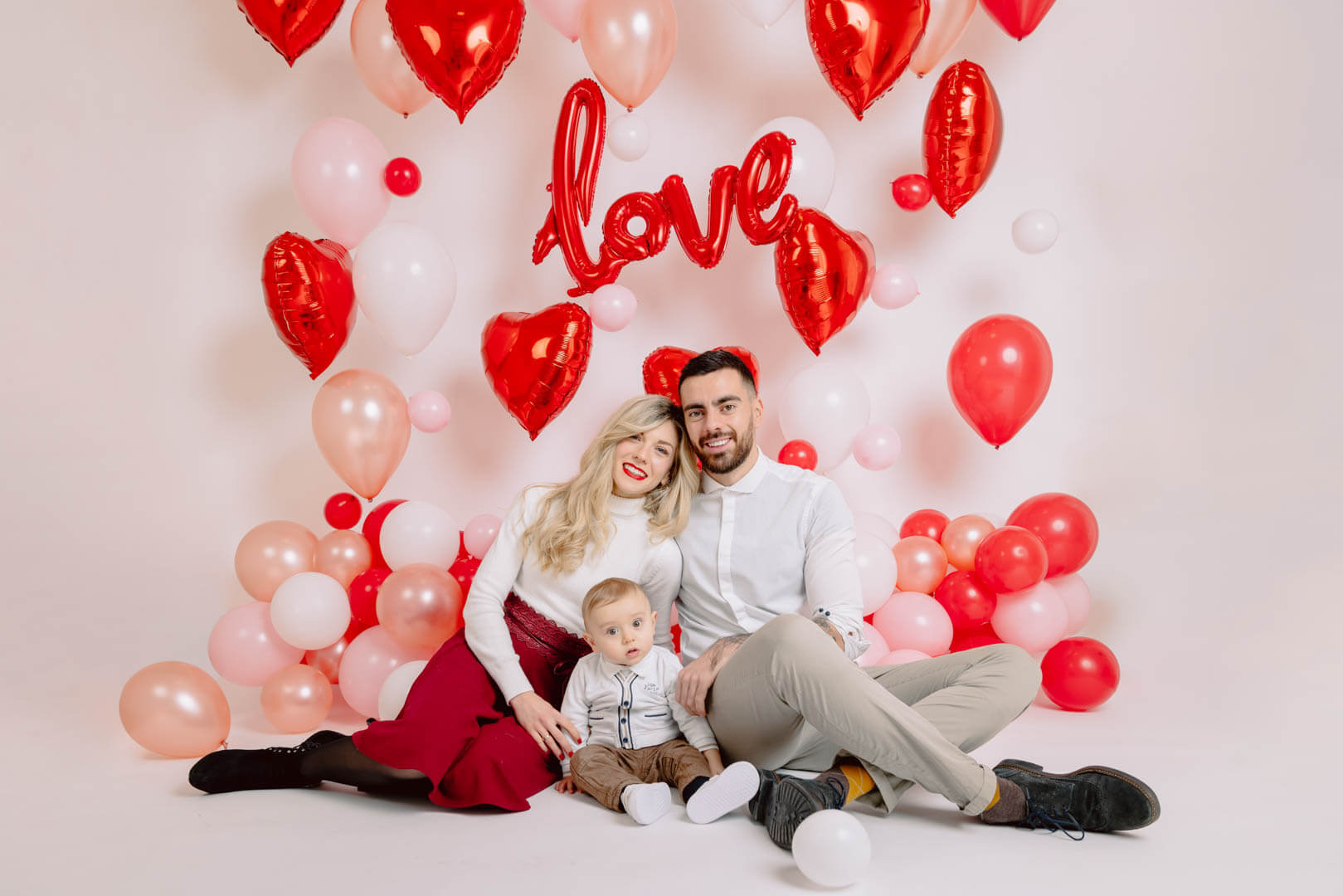
Veri professionisti
Professionalism and creativity are certainly not lacking in this beautiful Team, which puts the client's interest first. The price is reasonable and the sublime works delivered to us on time perfectly remember our most beautiful moments
Alessia & Luca

Foto e video meravigliosi
Celeste e Eddi ci hanno messo a nostro agio fin dal primissimo incontro, abbiamo trovato fin da subito una grande affinità. Sono veramente una coppia fantastica, sono molto disponibili e hanno fatto con noi anche un sopralluogo per lo shooting prima del matrimonio. Il giorno del matrimonio la sensazione è stata quella di avere degli amici che scattavano le nostre foto e giravano il nostro video. Risultato eccellente!


